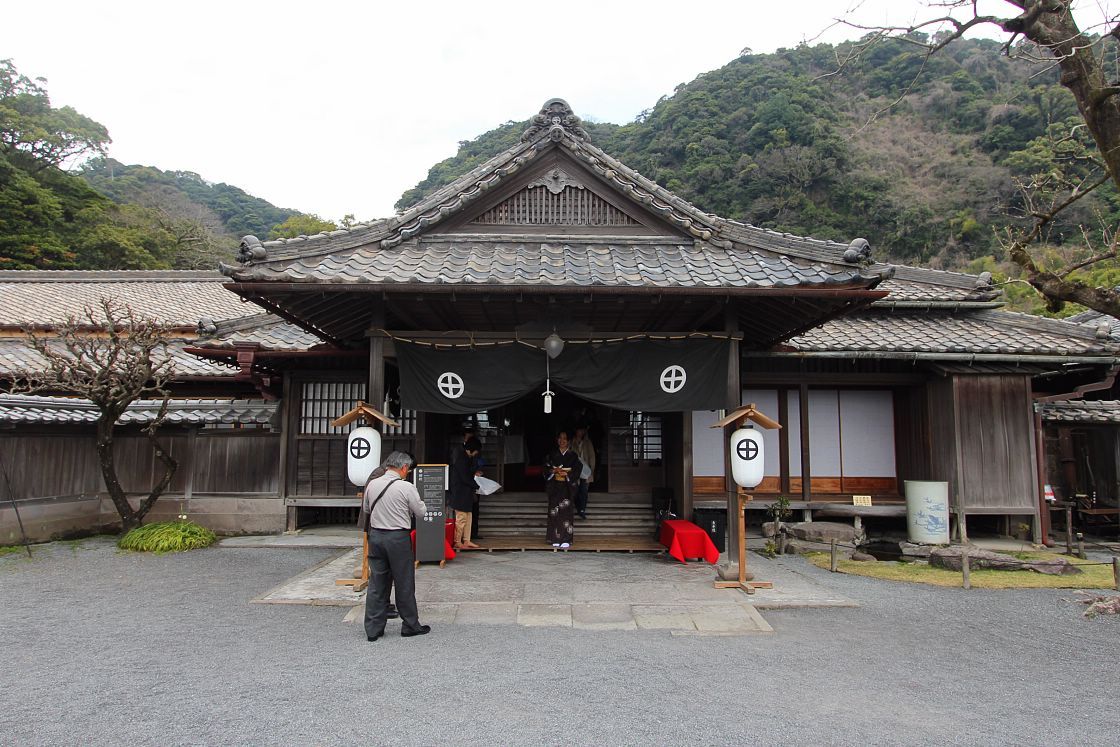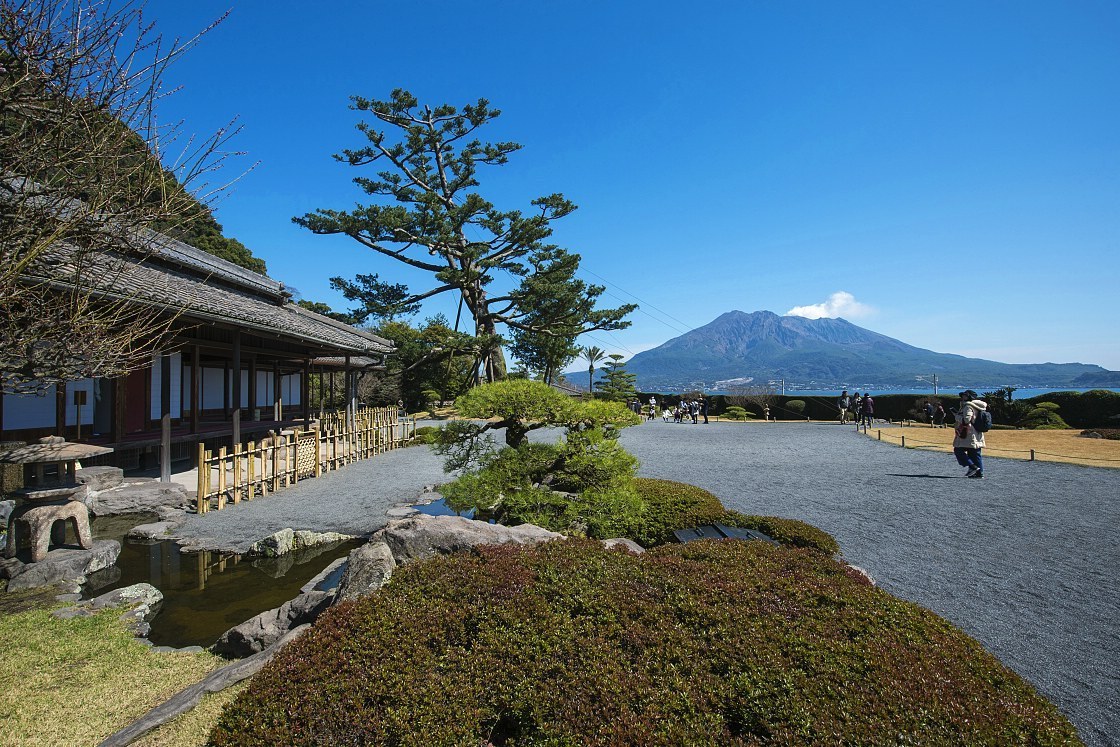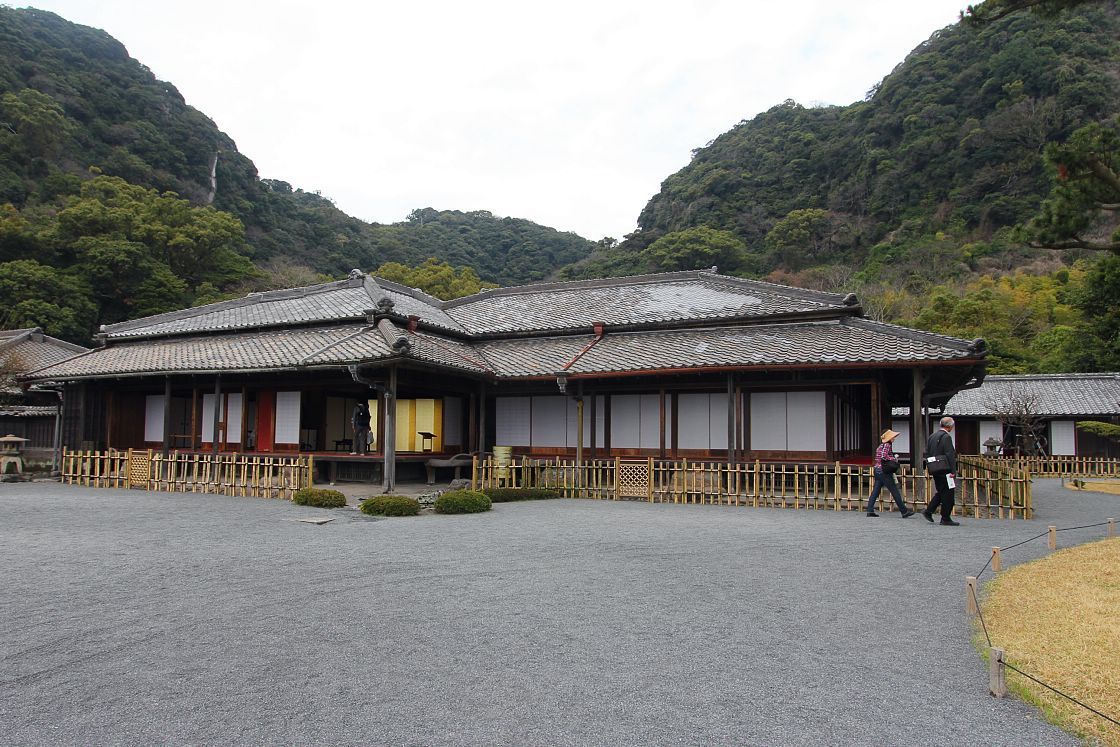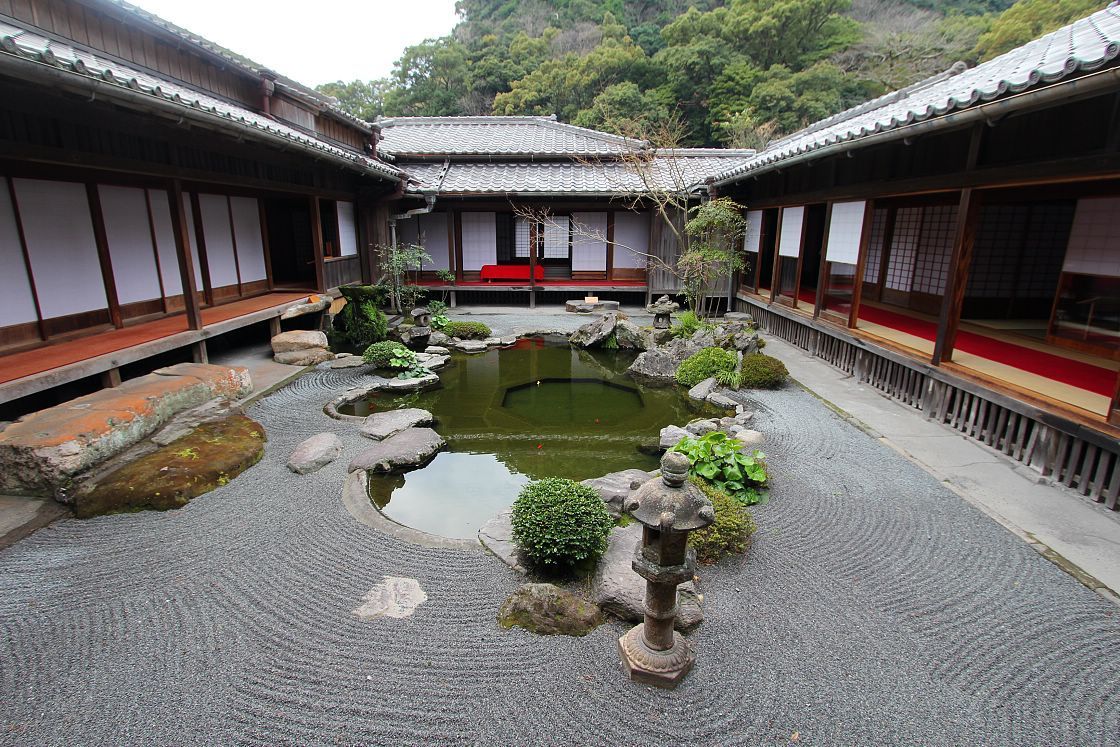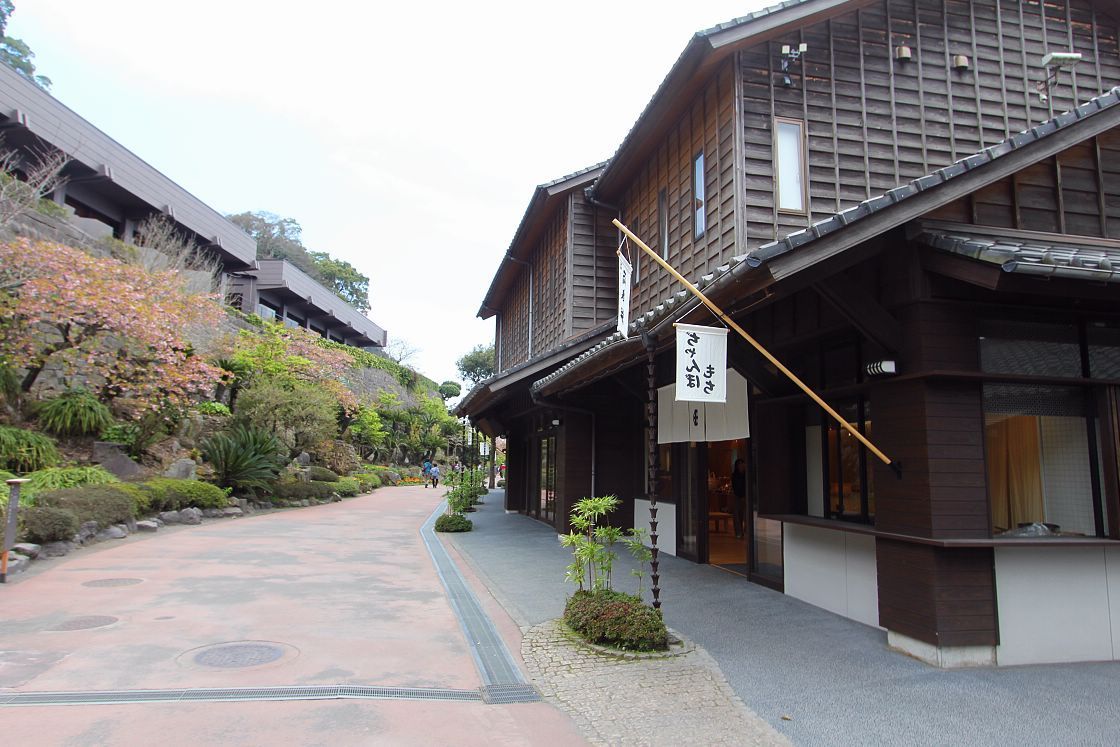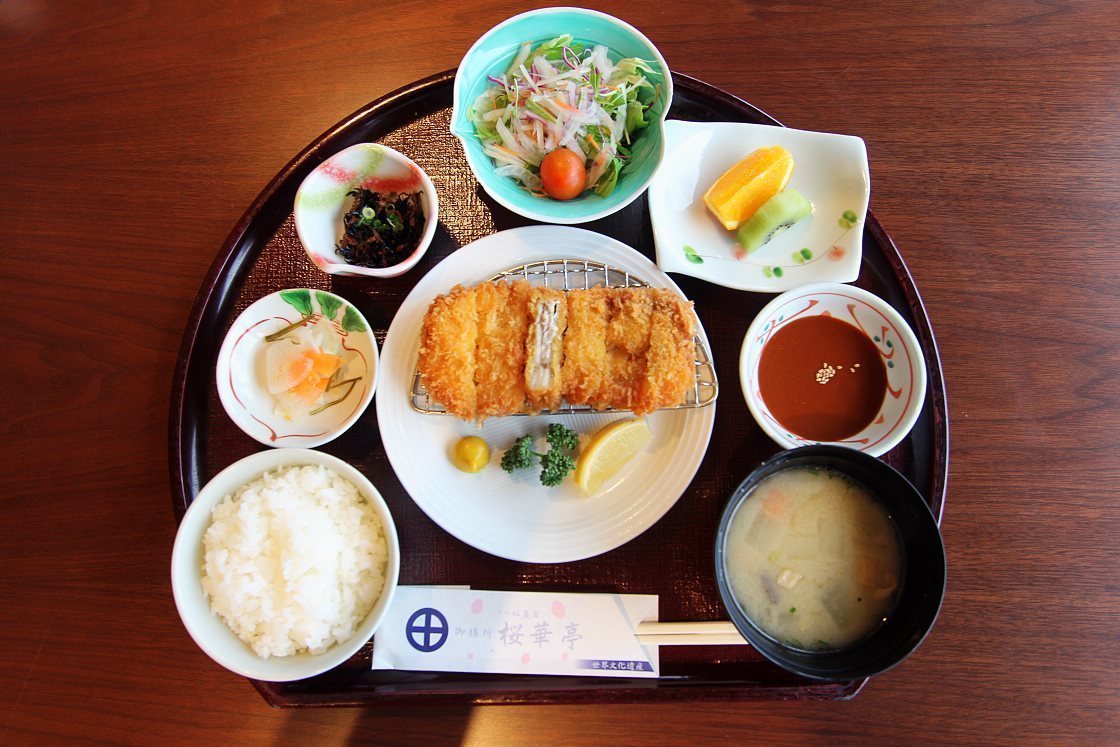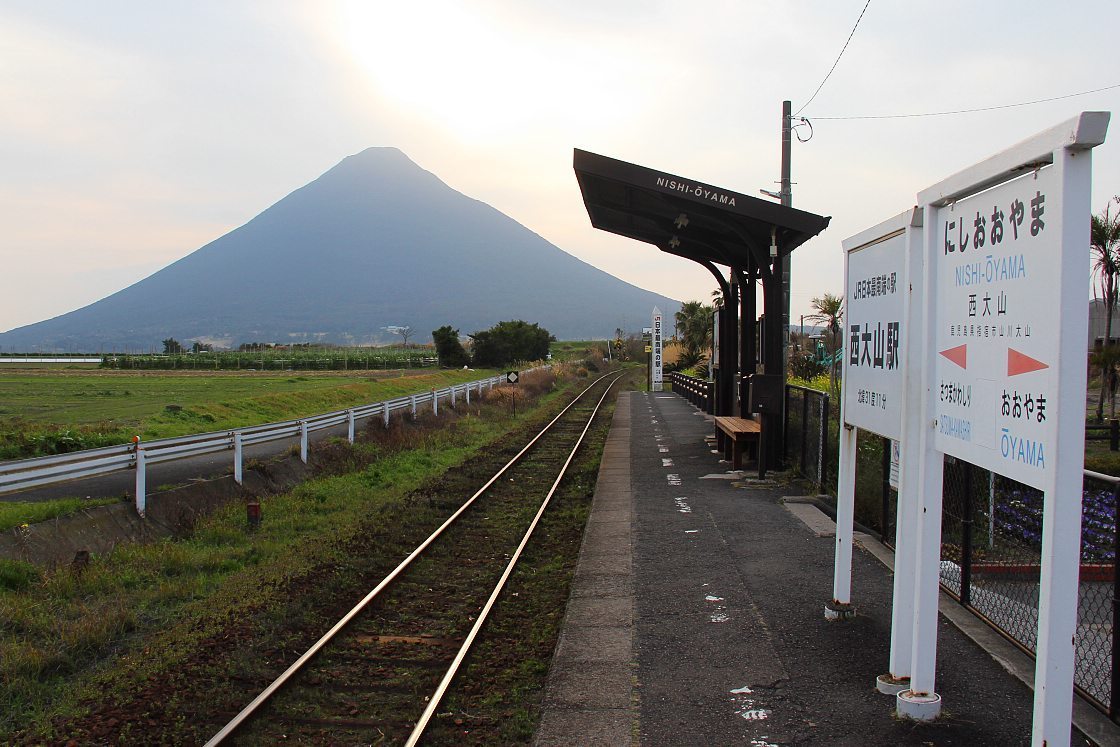Training Around Captivating Kagoshima
Kagoshima Prefecture lies at the southern tip of Kyushu, the third largest of Japan's four main islands. This subtropical cauldron of bubbling hot springs and imposing mountains is a traveler's dream, with an abundance on offer including stunning nature spots and rich history, not to mention the area's delectable local cuisine cooked lovingly by warmhearted locals.
The prefecture is well-connected by public transport, and another of the unique charms not just limited to Kagoshima but Kyushu as a whole is that train travel is an experience in itself, with various beautifully-designed carriages from which awe-inspiring views can be had of the landscape they traverse.
So began my three-day jaunt around the region, in which I was to take in many of Kagoshima Prefecture's most breathtaking sites utilizing trains in one of the most fun and convenient methods of travel I've been lucky enough to experience. After arriving at Fukuoka Airport on my first day, I swiftly transferred to the city's main transport hub, Hakata Station, for the real journey to begin.
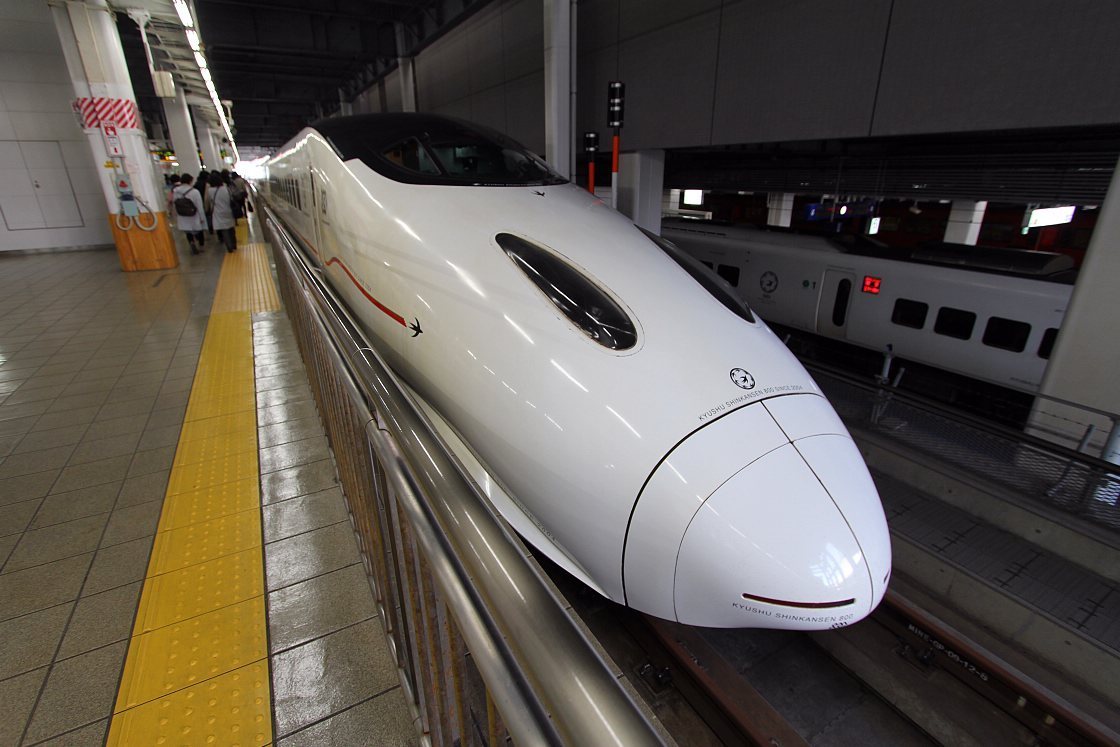
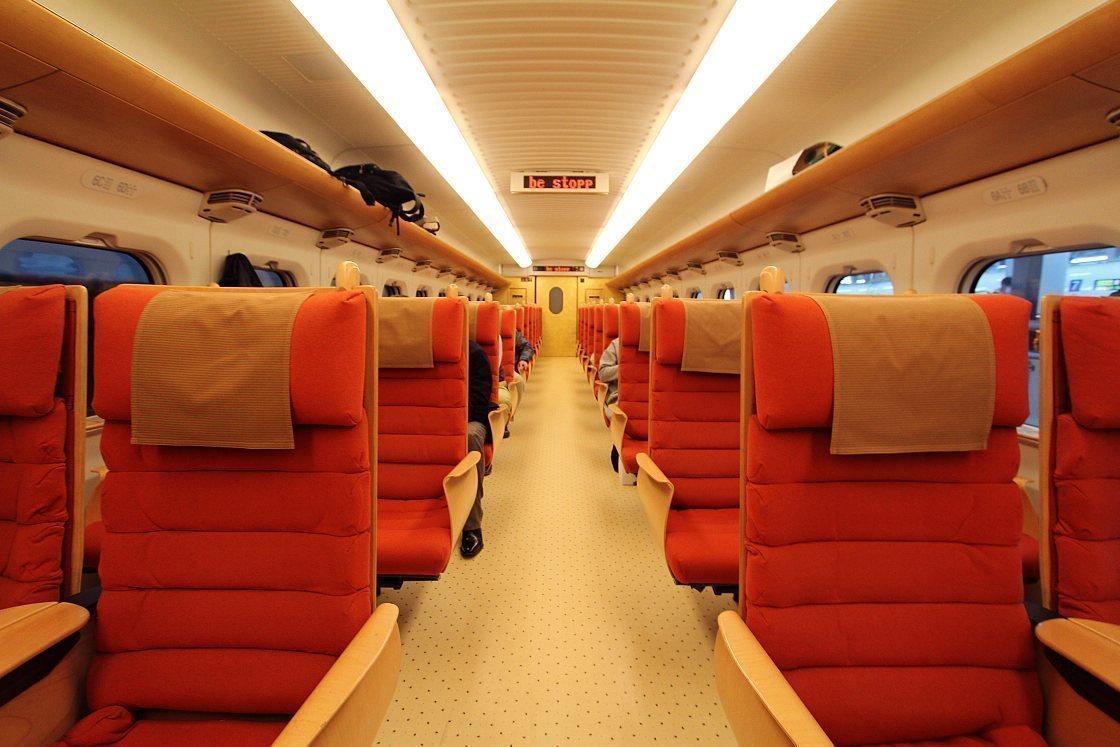
For foreign tourists JR Kyushu offers three rail passes that offer unlimited use of JR trains on the island for three or five consecutive days, and so can prove great value as part of an excursion on the island. The three passes consist of the All Kyushu Pass which covers JR trains all over the island excluding the Sanyo Shinkansen, and the Northern Kyushu and Southern Kyushu area passes. The passes can be purchased via the internet.
In addition to unlimited train travel, the passes offer benefits to holders, including discounts, free gifts and tax free shopping at a multitude of stores, restaurants and attractions across Kyushu. On this trip, I could experience such benefits at Black Pork and Local Cuisine Aoba in Ibusuki and Sengan-en in Kagoshima City.
Those purchasing a pass online will receive an exchange coupon, which has to be exchanged into an actual rail pass after arrival in Japan. In order to obtain the rail pass once in Japan, visitors must show their passport along with the exchange coupon at one of the counters including that at Hakata Station (see the JR Kyushu English website for more information).
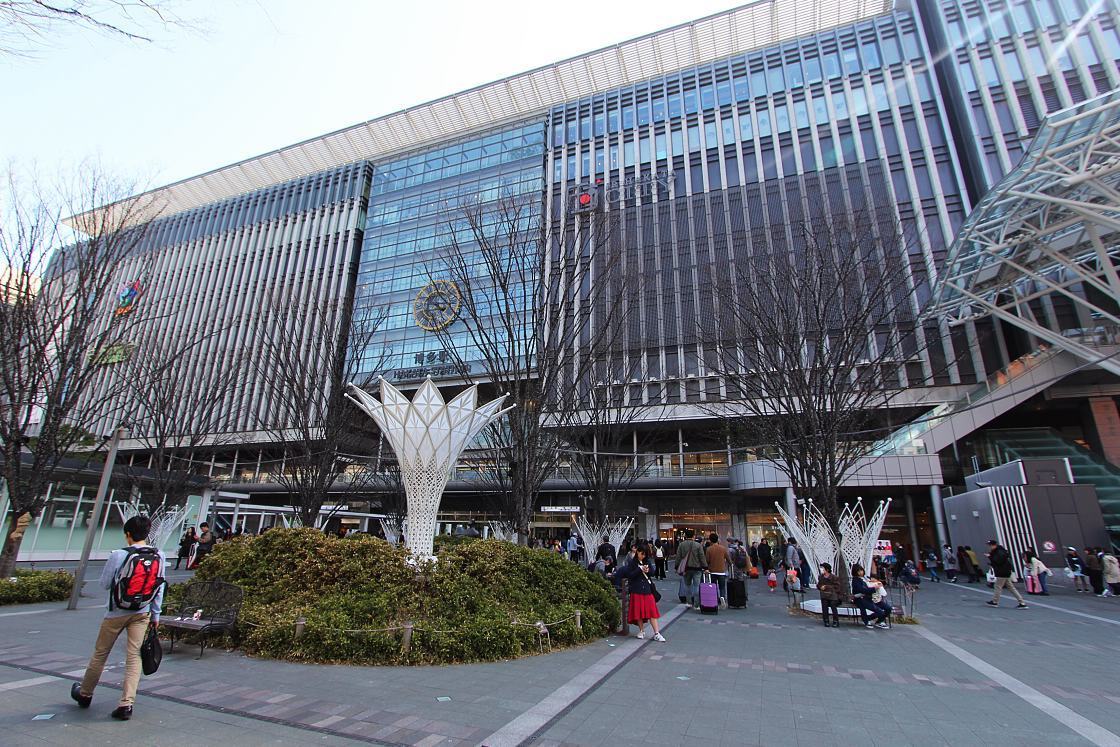
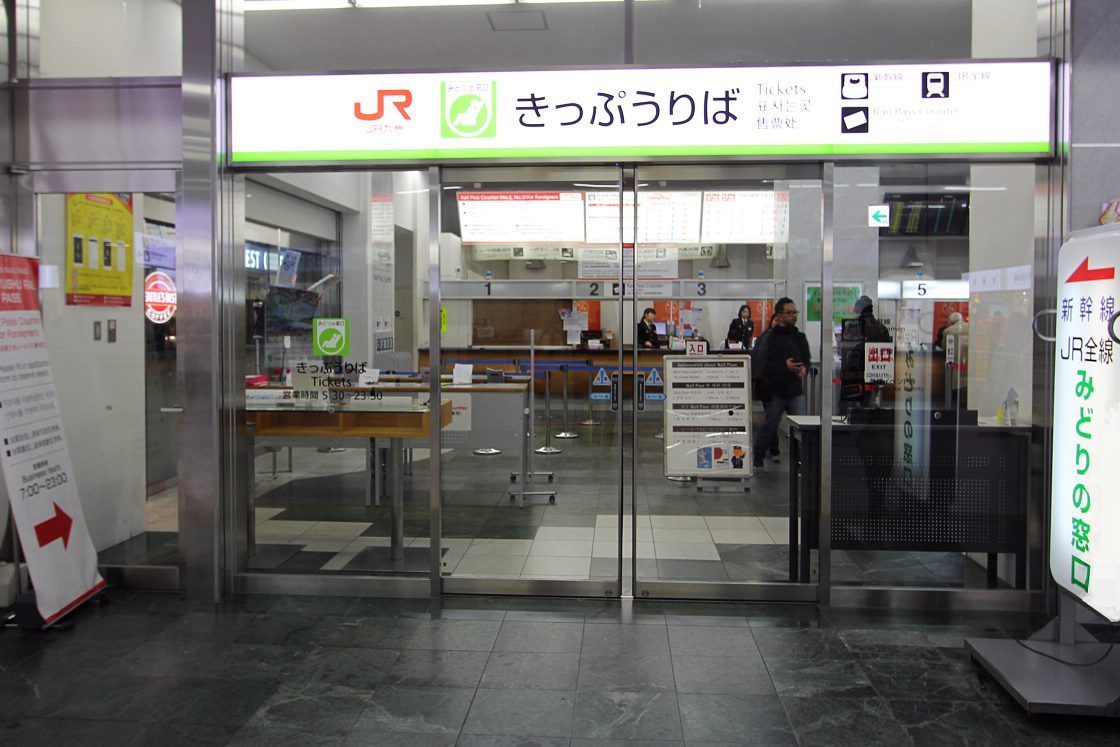
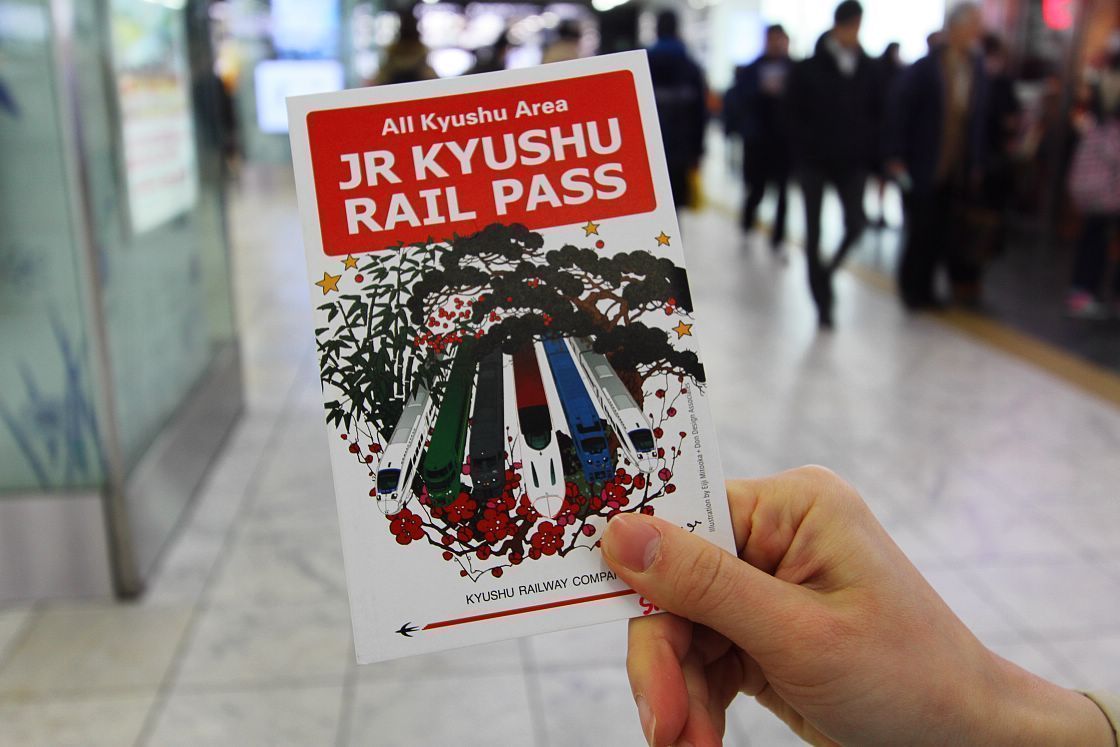
I boarded the Kyushu Shinkansen at Hakata Station for the hour-and-a-half journey to Kagoshima; looking out of the window all the while as the Kyushu countryside sailed past. Upon arrival at Kagoshima-Chuo Station in Kagoshima City, I grabbed my first meal of the trip at Satsuma Shimuja, a ramen shop just a few minutes' stroll from the station. Inside the stylish restaurant I devoured a delicious bowl of local-style ramen topped with burdock chips. A satisfying interlude, it was time to continue the journey to Kirishima Onsen.
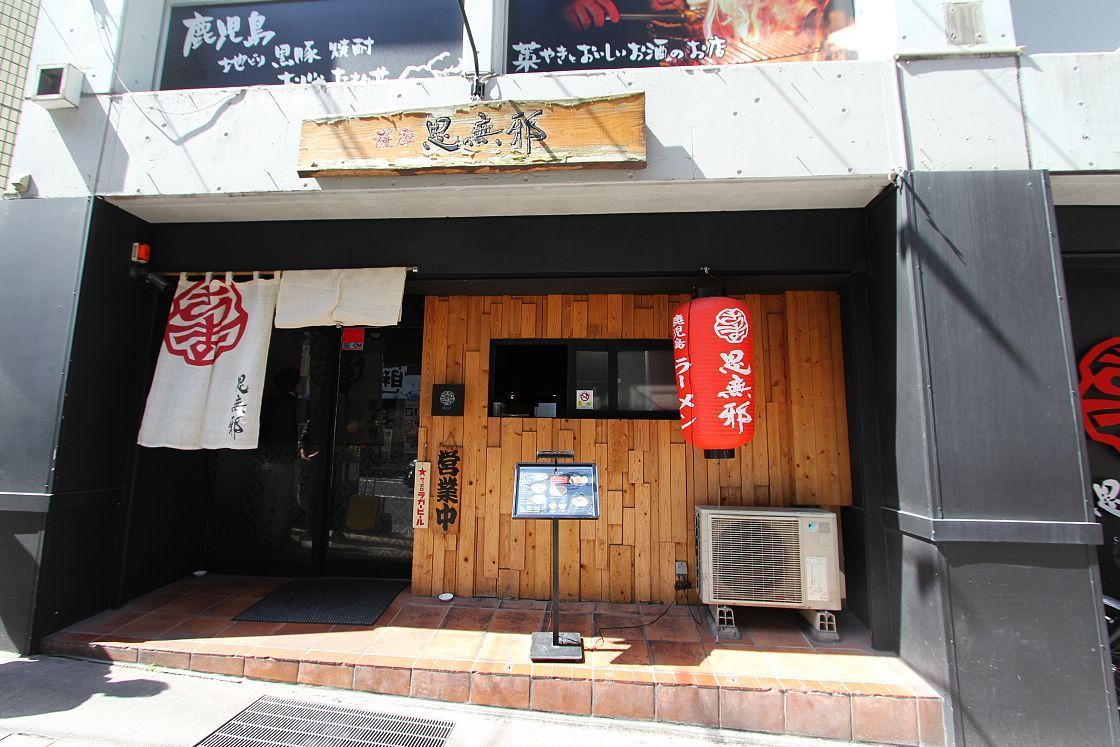
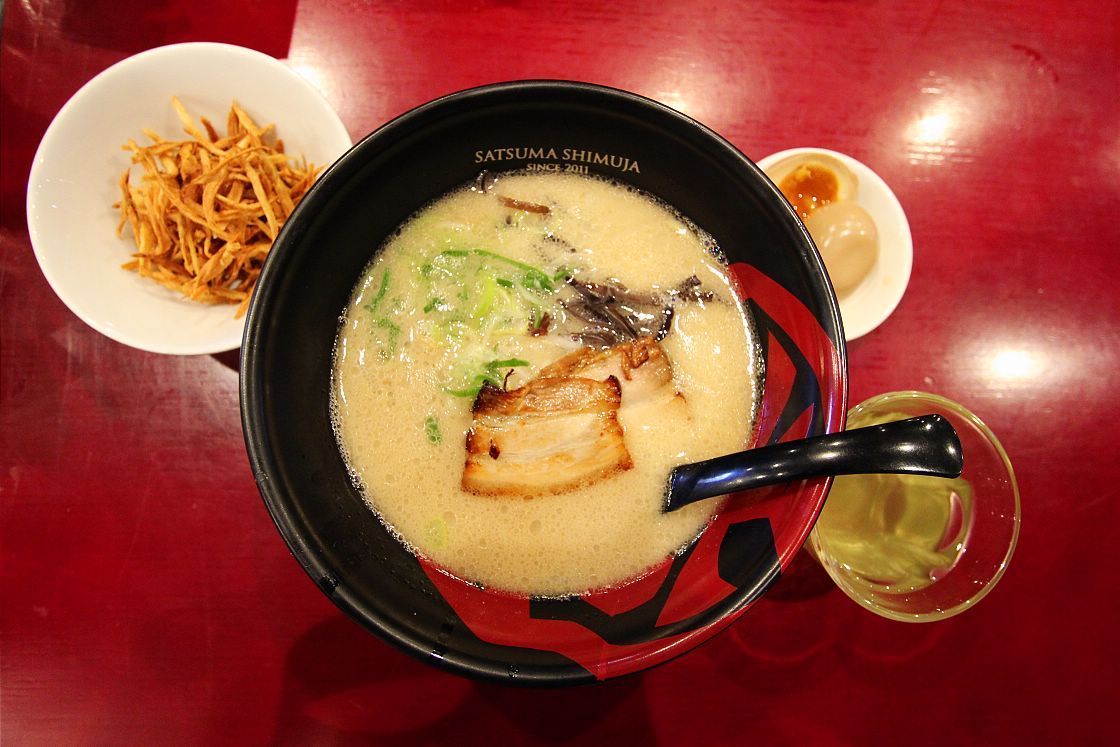
The Hayato no Kaze train connects Kagoshima and Kirishima Onsen twice per day, taking riders on a thoroughly enjoyable journey with exquisite surroundings, both outside the train and inside. The stylish lightwood interior contrasts with the train's jet black exterior to bestow it with an atmosphere reminiscent of decades past.
The journey took us along the coast with many opportunities to gaze out over the water upon Sakurajima, a majestic volcano and one of the most famous natural icons in the area.
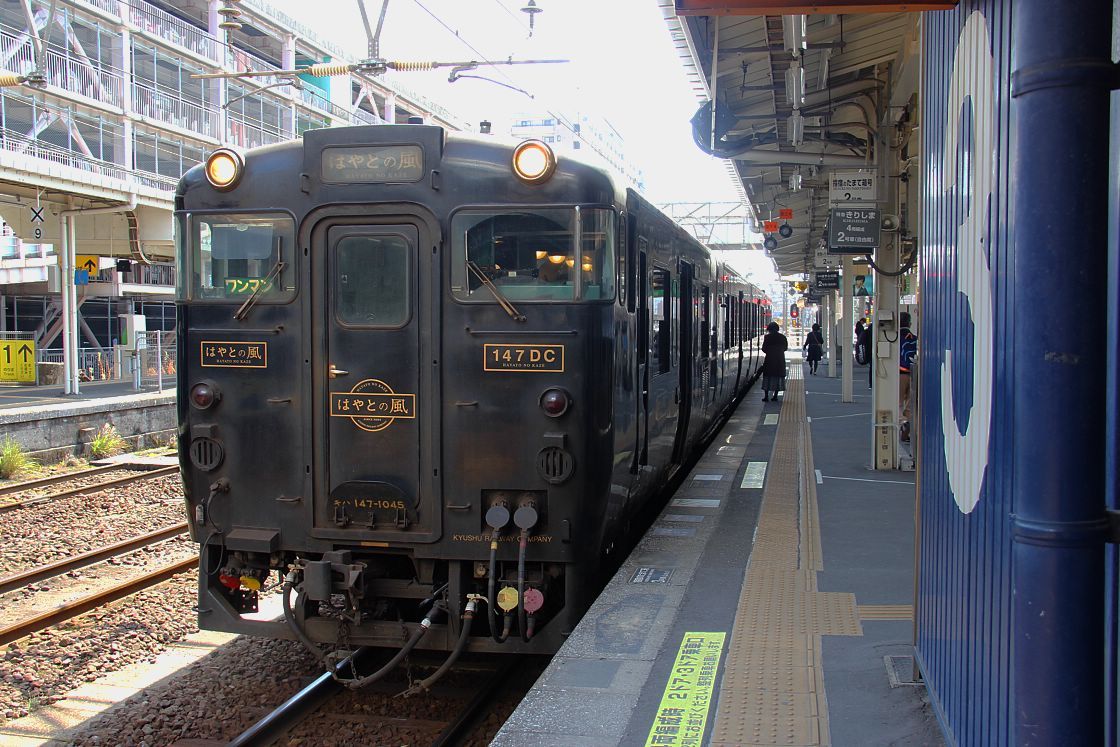
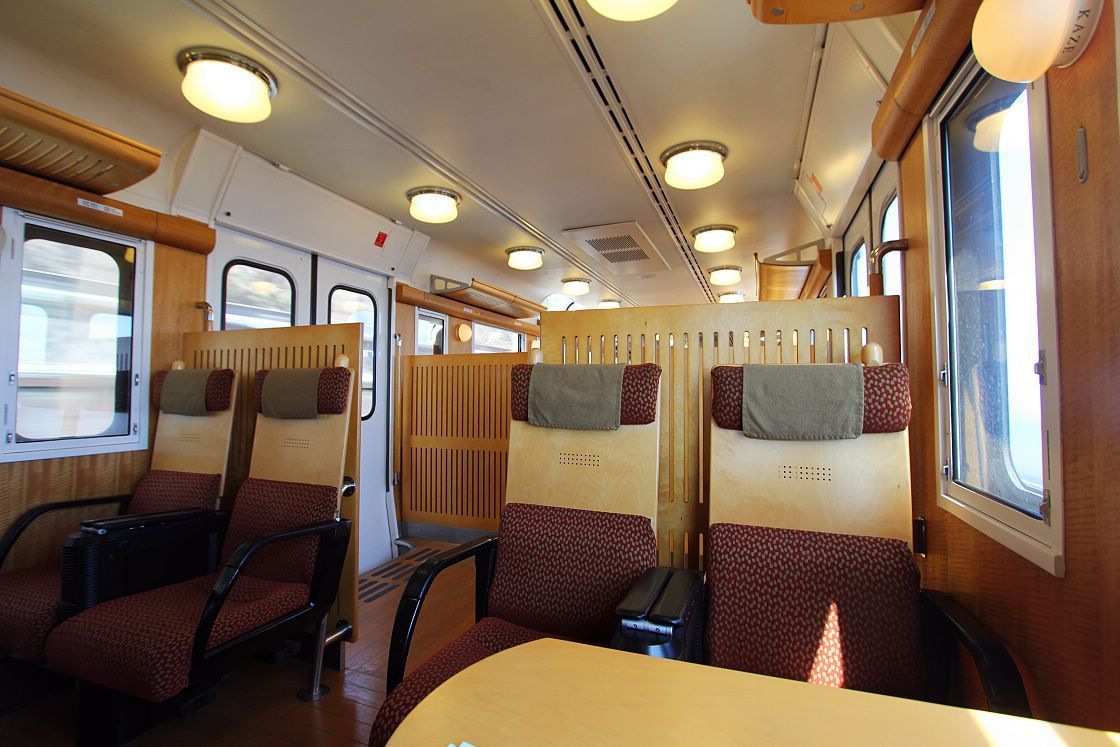
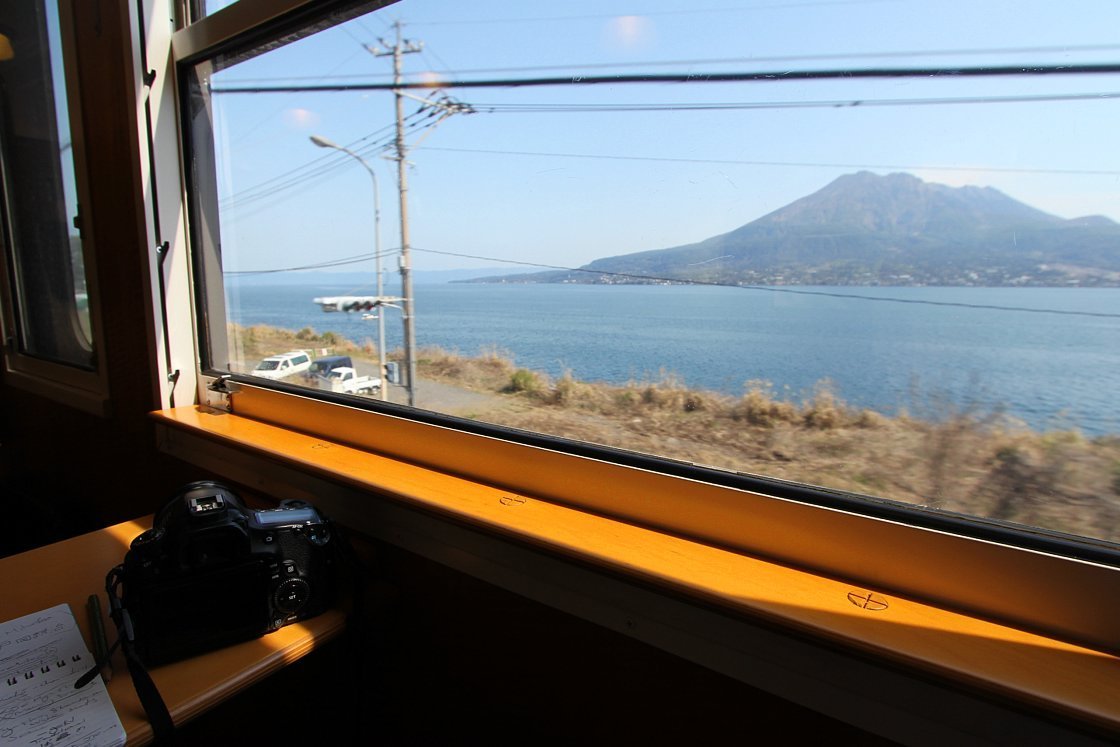
From Kirishima Station, it is a short taxi ride to Kirin Shoten, a small indoor and outdoor market where independent artisans purvey crafts as well as local produce and snacks.
I met here with Sugikawa Akihiro, the market's owner and tea master, and he spoke to me about the importance of tea in Kagoshima's culture whilst preparing one type of local tea in various ways and at different temperatures such that each serving had a different taste and character. The venue has a relaxed and cool vibe and is a recommended stop for visitors to these parts.

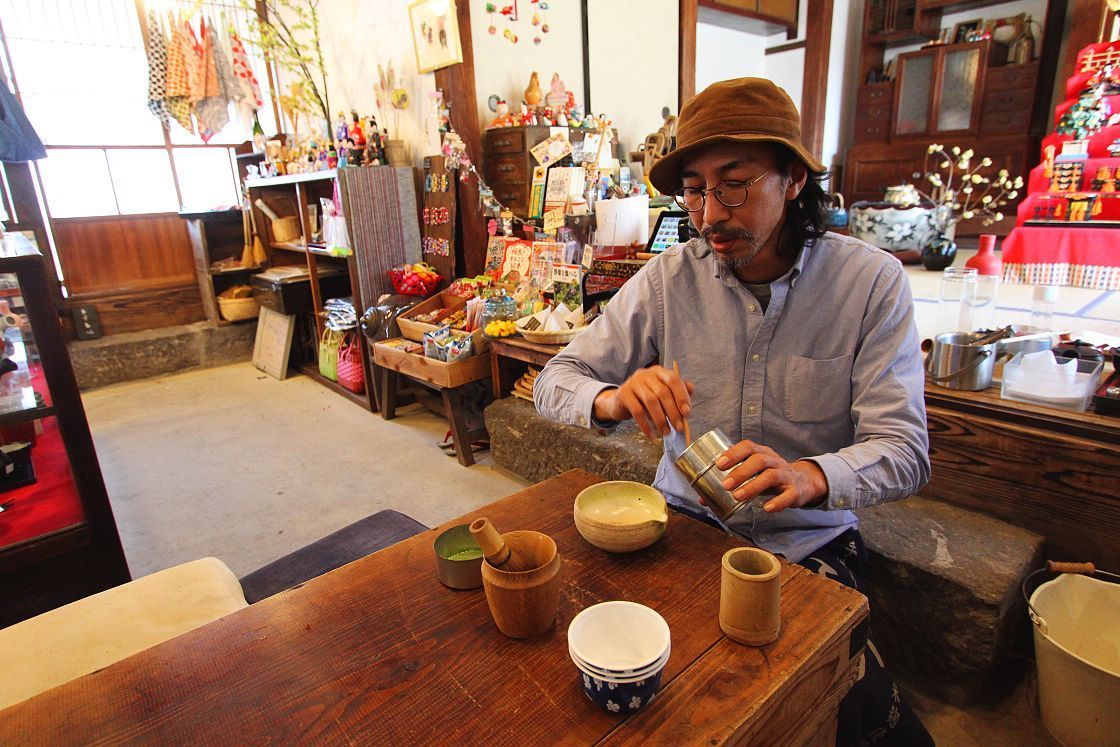
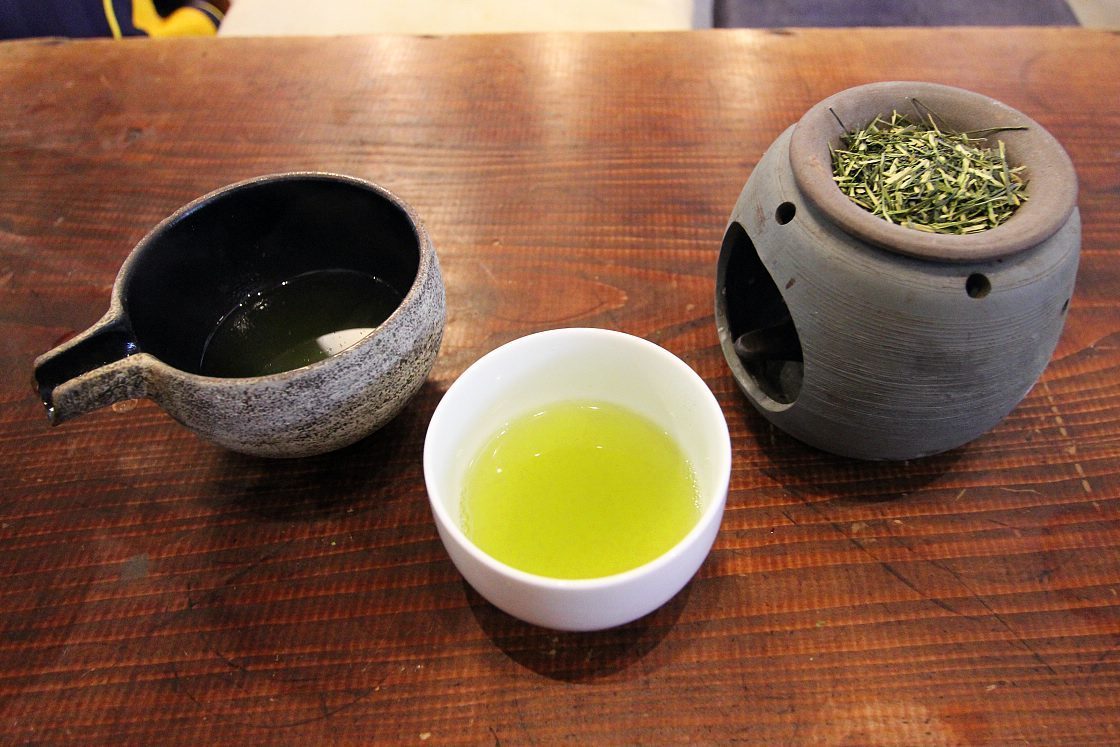
The next stop was at the local Kirishima Onsen Market, where, in addition to a number of restaurants and shops selling local produce, the complex offers food cooked using steam from the market's thermal vents. An interesting place, the nibble I had here whetted my appetitie for dinner, to be had at the night's lodgings.
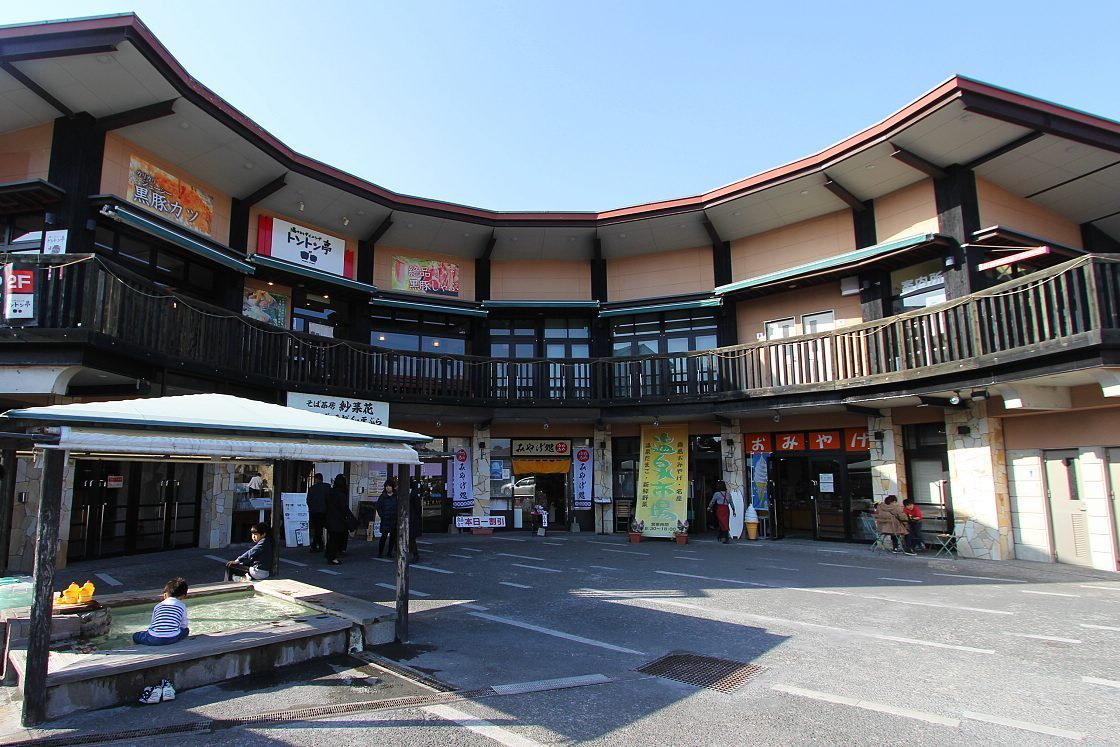
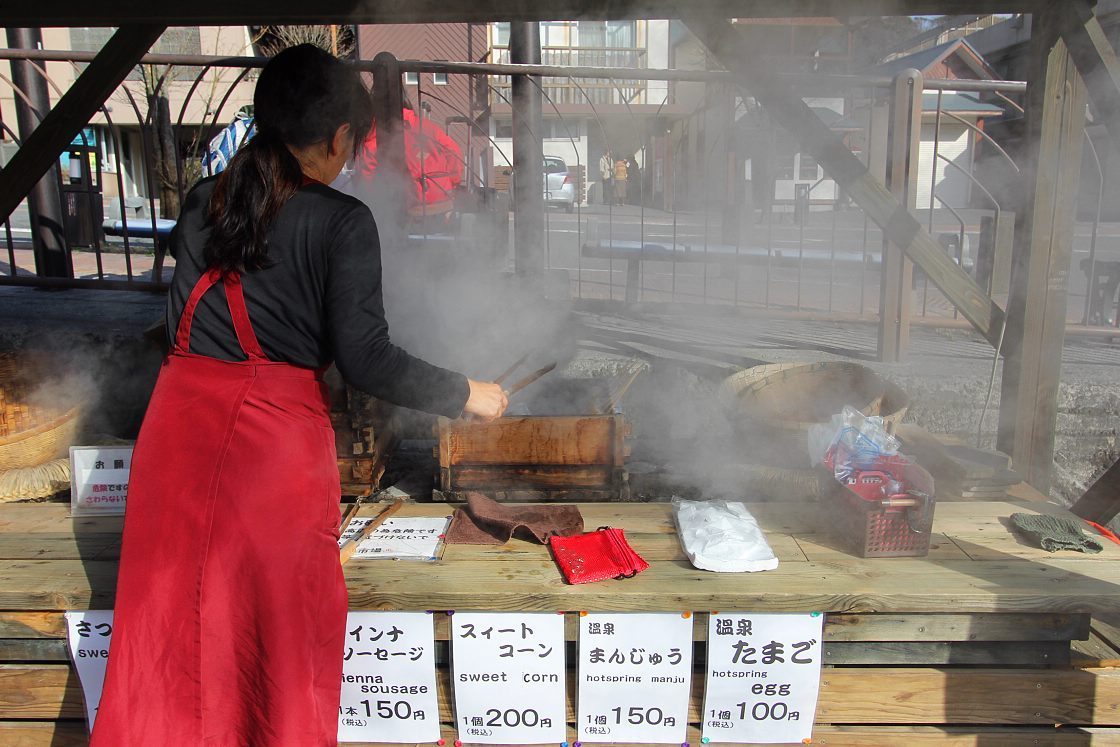
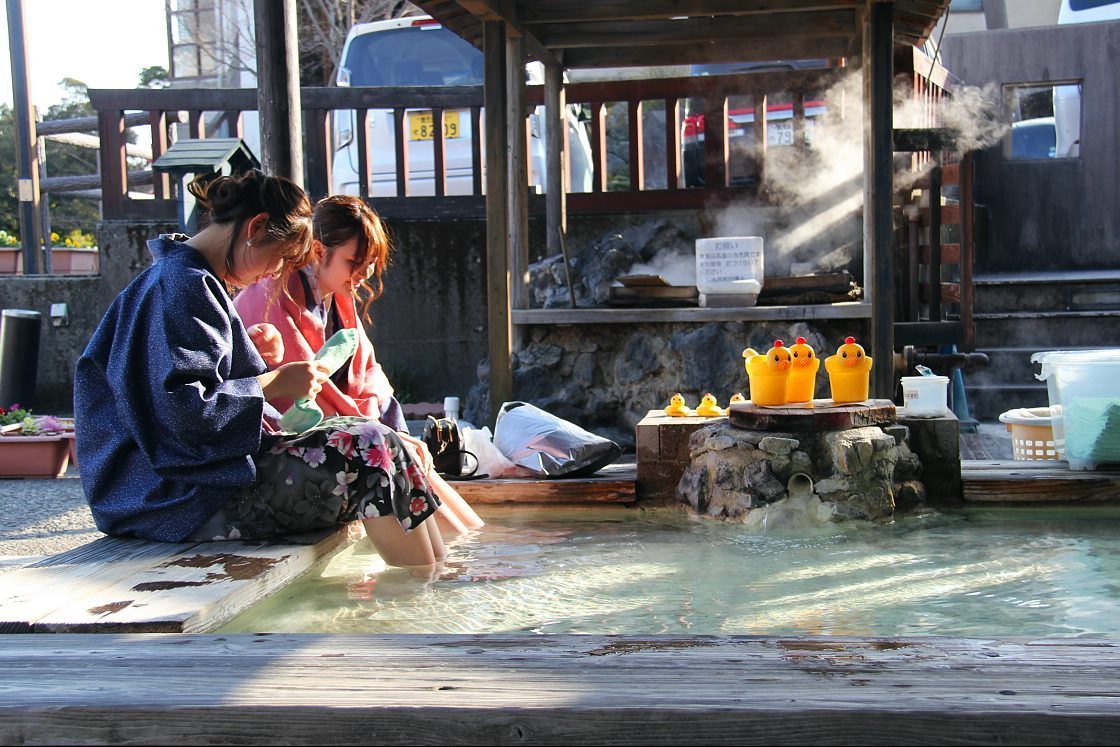
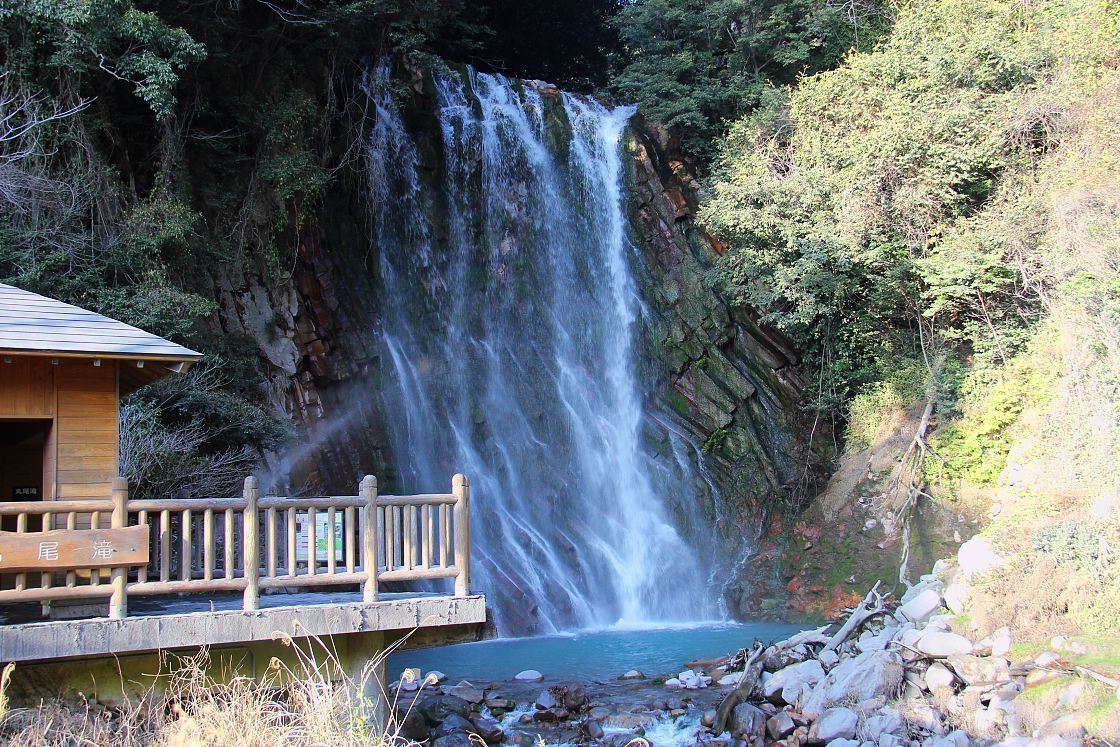
After a fun-filled first day of exploration, I arrived at the Yakakutei Ryokan where I was to be spending the night. This traditional Japanese inn made an impression on me immediately, with its pristine Japanese garden which can be viewed from a number of points including the complex's atmospheric outdoor walkways and the comfortable lounge area.
My room was nothing short of stellar, and included a multi-room tatami suite with a private garden and secluded outdoor bath to top it all off. My night was spent predominantly enjoying a feast of fish, vegetables and shabu shabu (meat dipped into a hot soup) and bathing. An amazing experience, this was among the most dazzling accommodation at which I had been lucky enough to stay, in Japan or otherwise.
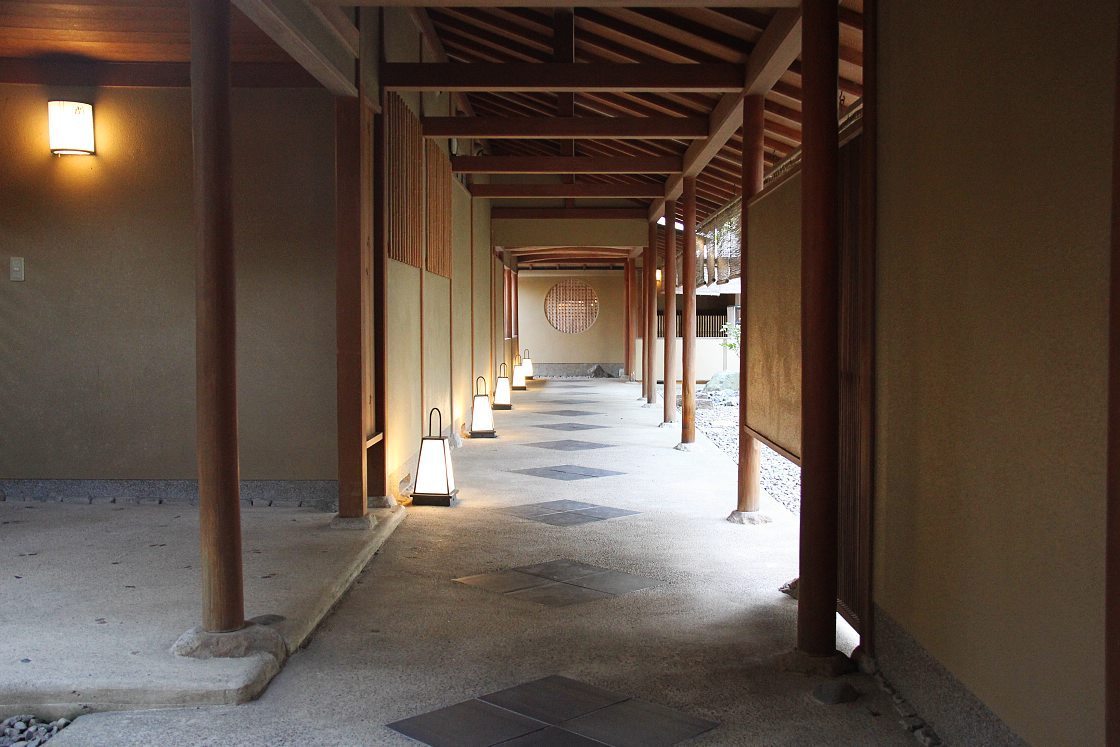
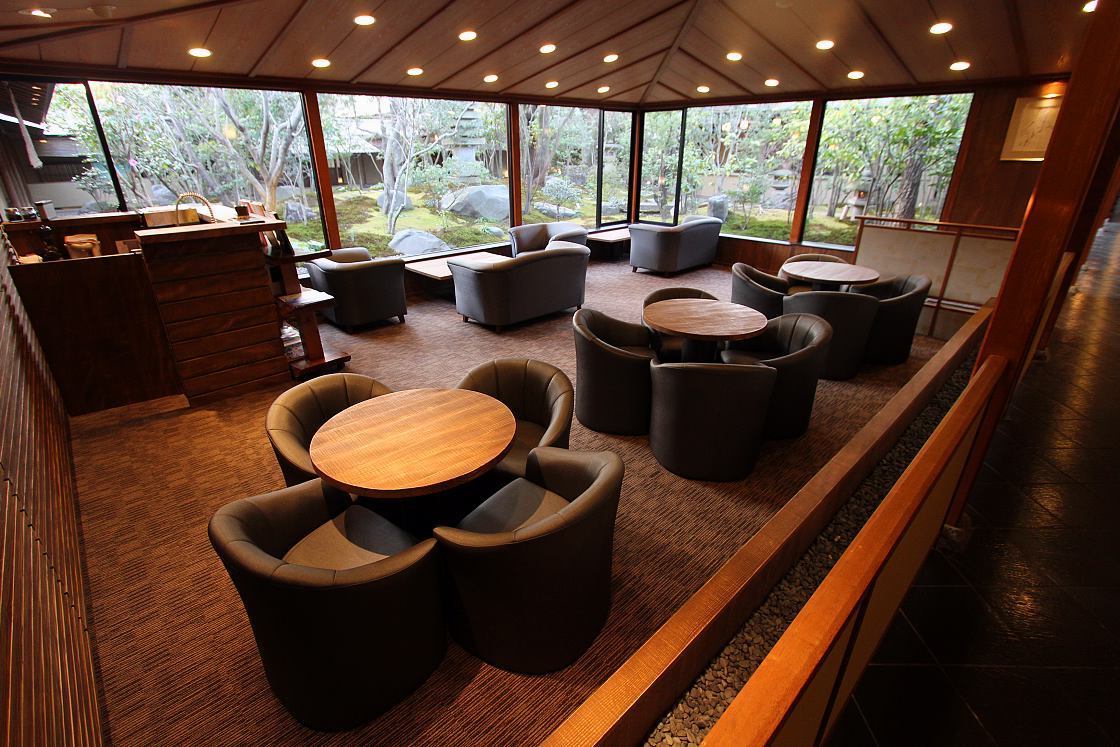
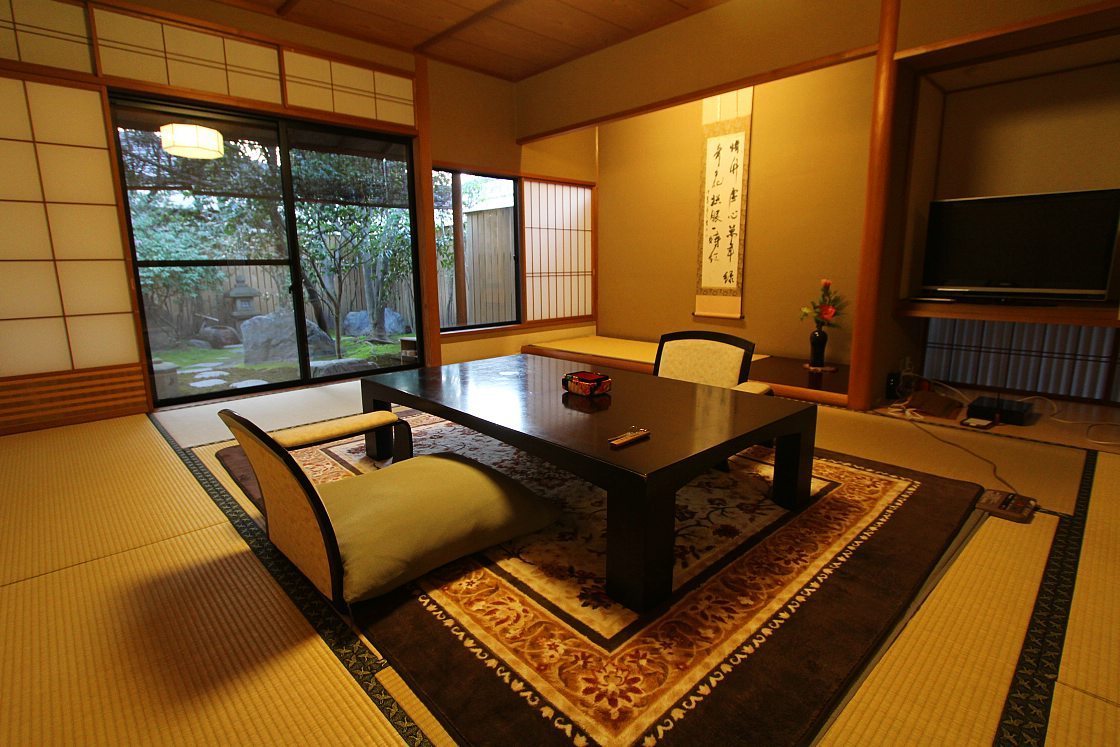
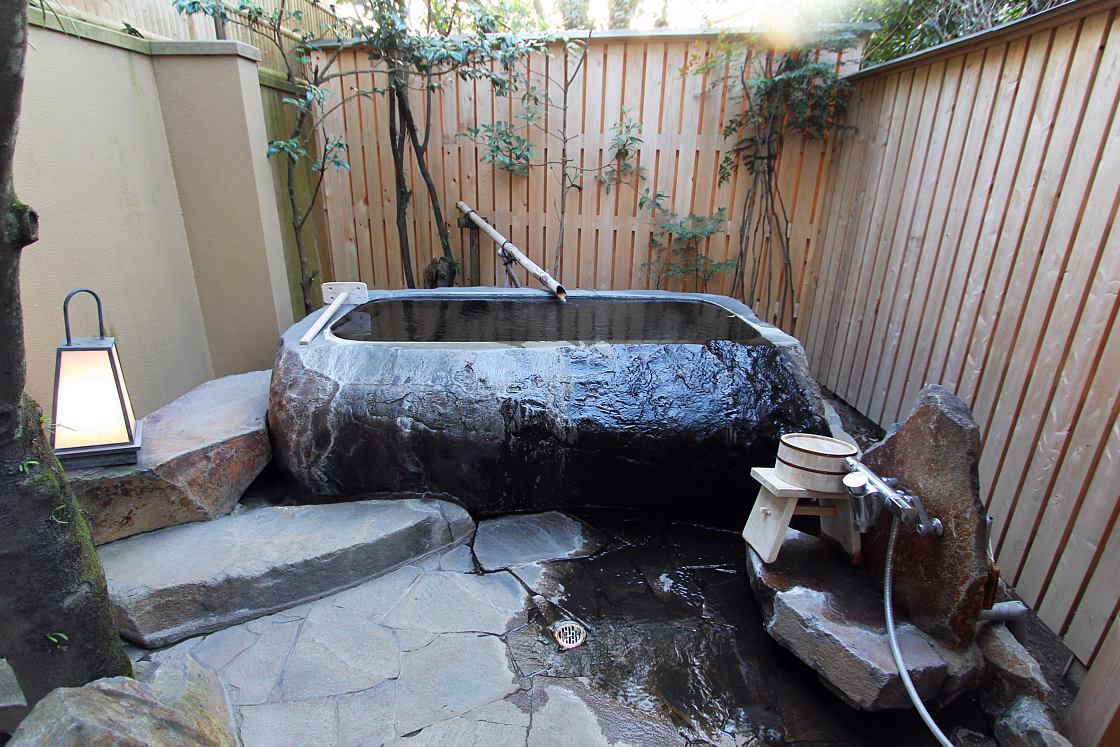
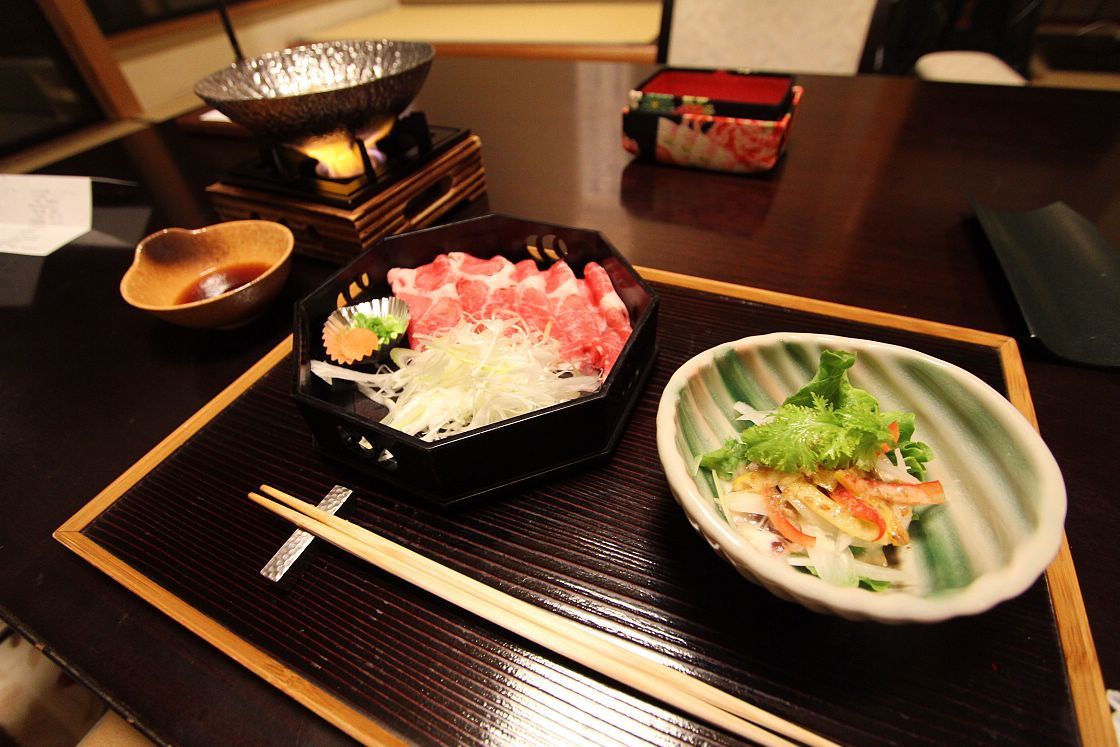
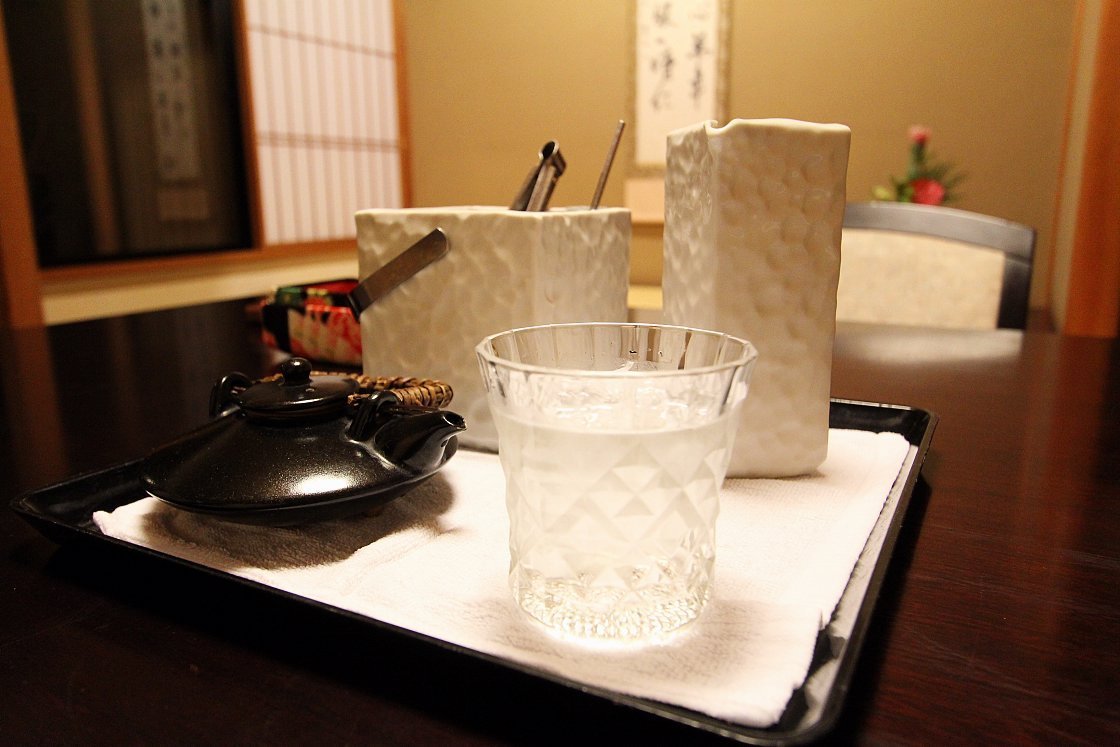
After a delicious breakfast, I checked out of Yakakutei and began my second day of exploration with a trip to Ibusuki. I made my way to the seismic seaside town via the Ibusuki no Tamatebako, a beautiful train that is related to the myth of Urashima Taro the fishing boy who accepts an invitation to a magical world of youth that exists under the sea.
Taro spends what he deems to be three years in the depths but upon surfacing finds that 300 years have elapsed and that all his relatives are long-deceased. In despair he opens a box given to him as a parting gift by a sea princess and in an instant his youth disappears and he becomes a old man.
The train is then named after the box that Taro opens, and boasts many interesting features including mist that sprays from the doors as they open when the train arrives at a station; in reference to the smoke that comes from the box as Taro opens it in the tale.
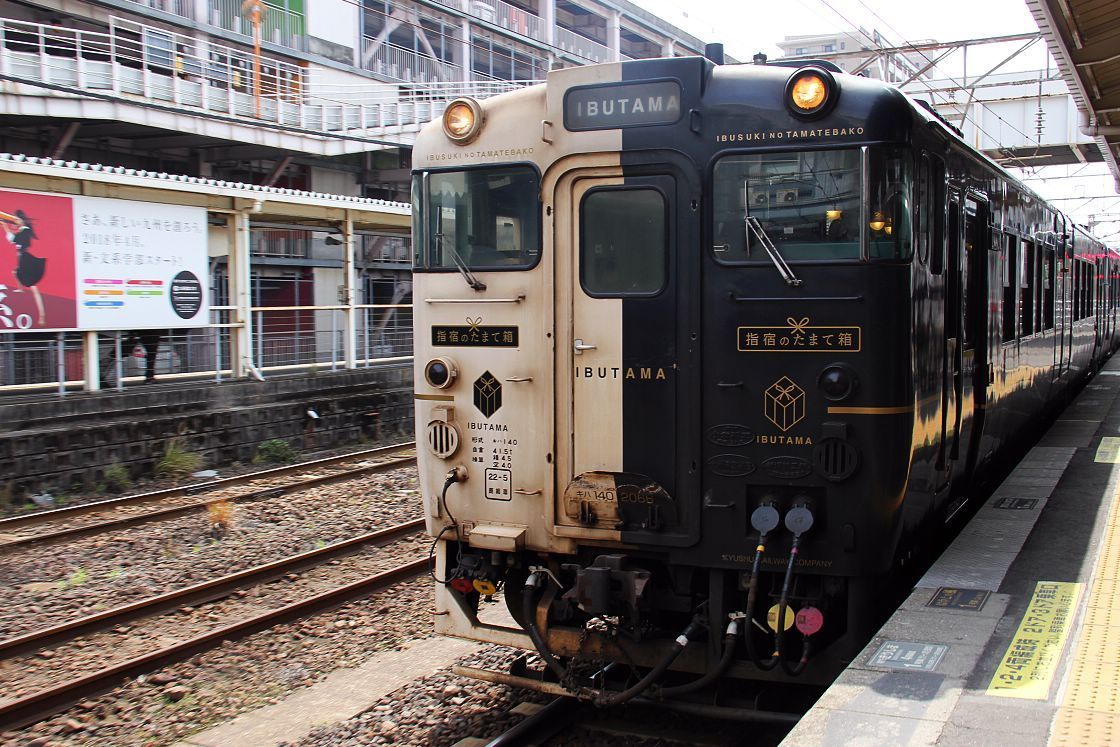
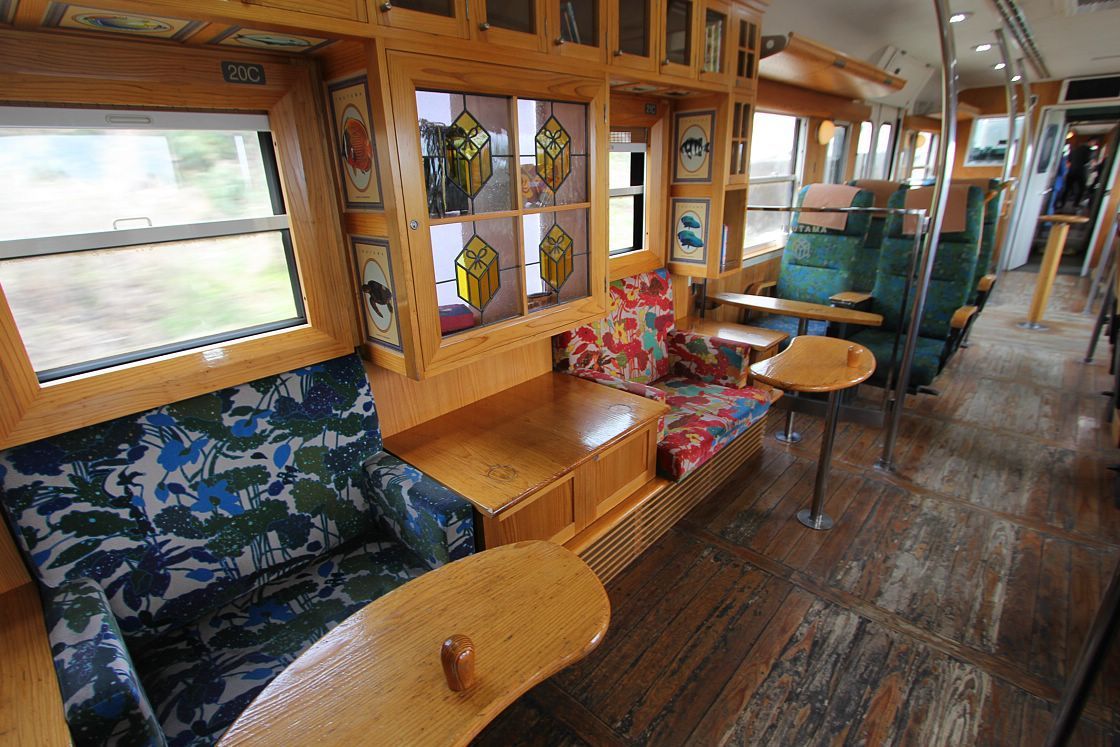

I arrived in Ibusuki and headed to Black Pork and Local Cuisine Aoba, a restaurant that serves some local favorites including Ontamaran-don. This hearty dish consists of rice topped with local vegetables and pork below an egg. A delectable lunch, I was now ready to experience something I'd been eagerly looking forward to; taking a sand bath.
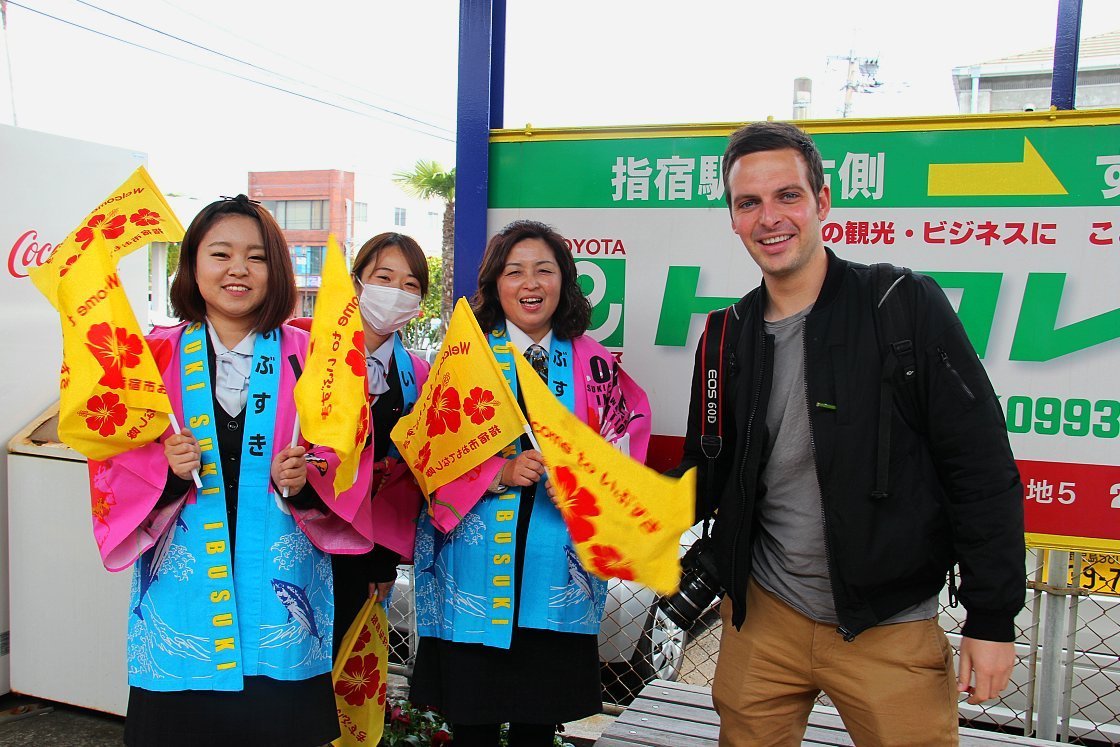
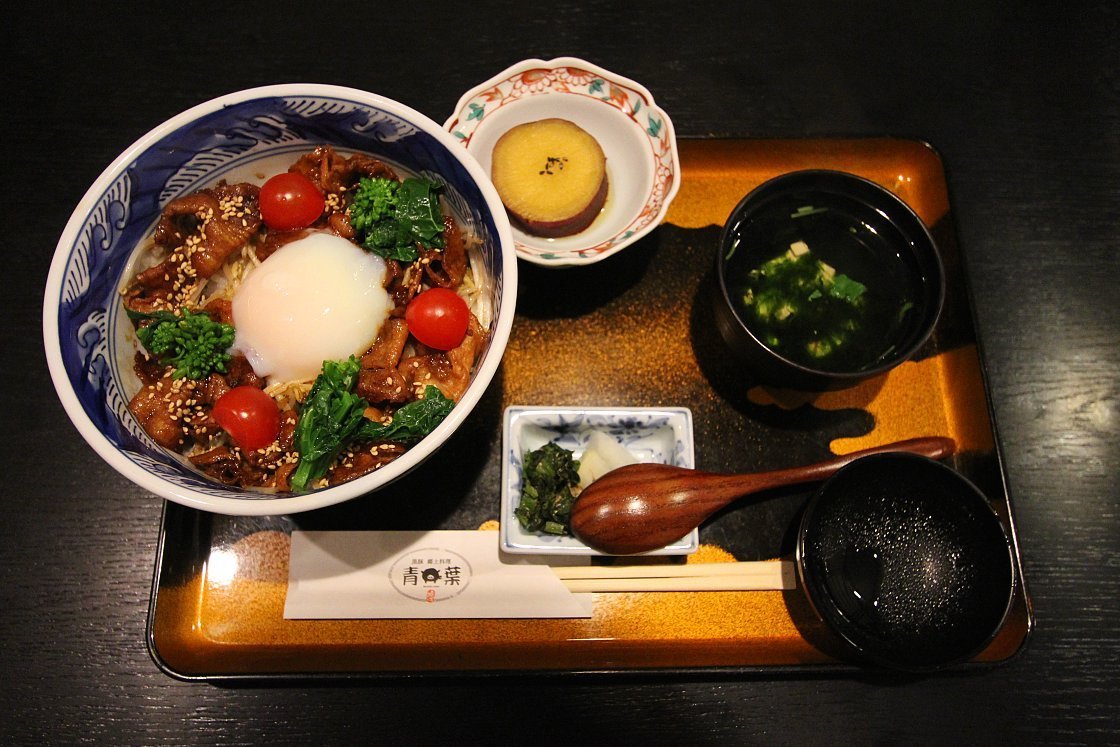
A short taxi ride away from the station and Aoba stands Sandbath Hall Saraku, a beachside complex where visitors can take a sand bath on the beach before washing off in the indoor public bath. After checking in I received a yukata (traditional Japanese gown) and towels and changed before heading out to the beach to relax in the naturally warm, thermally heated sand.
My time lying in the sand was utterly blissful, and allowed me to relax in a way I've never had the pleasure of doing before. This is an experience that is certainly worthwhile for those visiting Ibusuki.
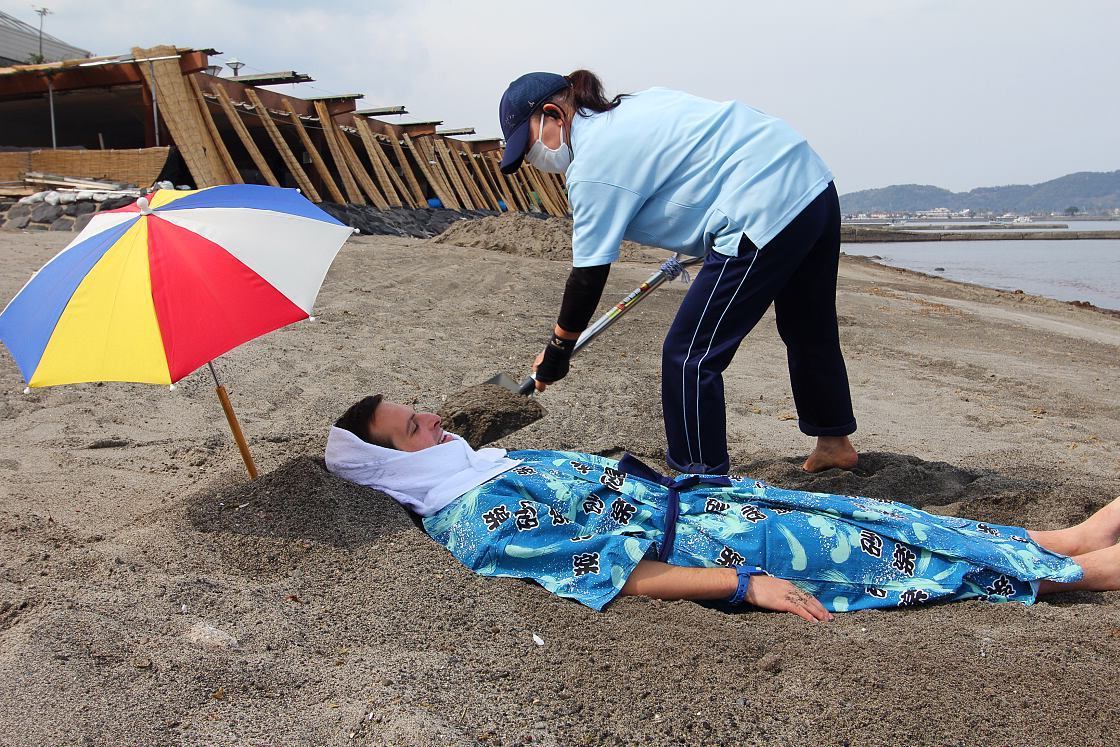
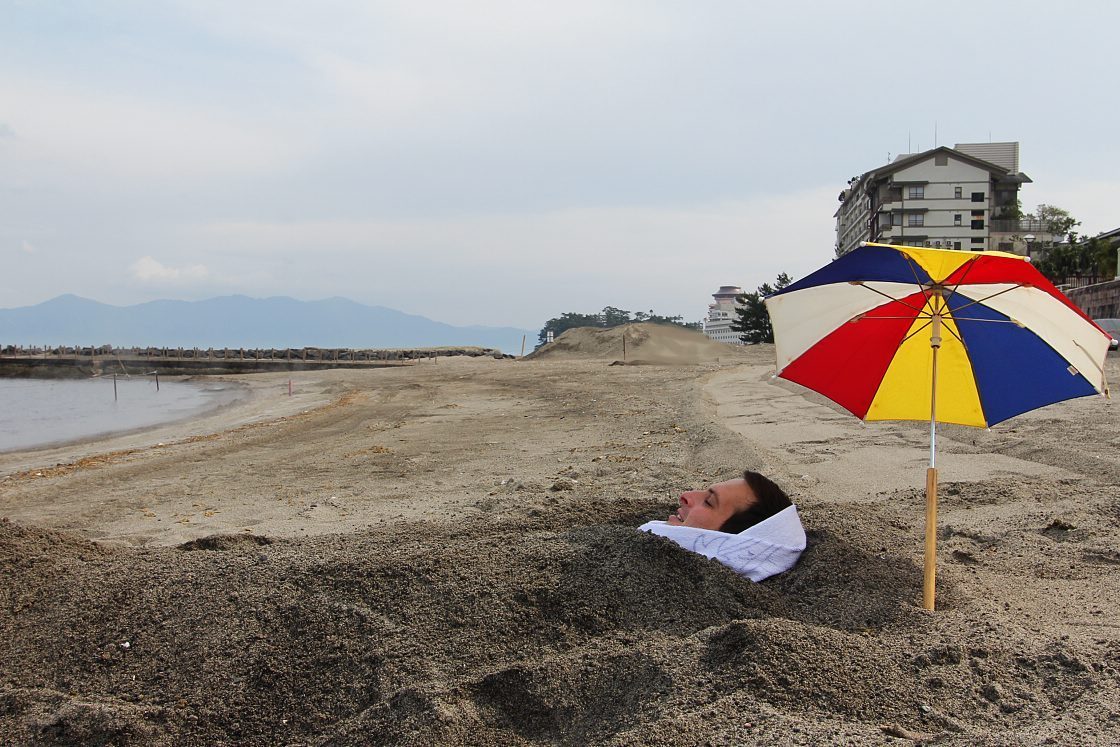
The mid afternoon sun beamed from high in the sky as we left Sandbath Hall Saruku and headed via a 20-minute taxi ride to Unagi Onsen. This quaint hamlet is located on the banks of Lake Unagi, the second largest in Kagoshima Prefecture, and boasts an interesting history and some charming features. Upon arrival one of the village's English-speaking tour guides led me around the tranquil streets revealing more about the pretty place with the first stop being at a small yet striking statue of Saigo Takamori.
This son of Kagoshima Prefecture is widely revered across the country, being one of the leading forces behind Japan's shift from a feudal society into modernity with the Meiji Restoration in 1868. Said to be a fierce warrior with a warm heart, the tour guide revealed how Saigo Takamori came to Unagi Onsen for one month in the 1870s to rest and enjoy the area's placidity in the company of his many dogs.
After allowing me to take in some more of the town's features, the short walking tour came to its conclusion back in the village center, where I was treated to food cooked by the thermal steam that rises up from beneath the earth's surface. The food was delicious and rounded off an enjoyable day's exploration.
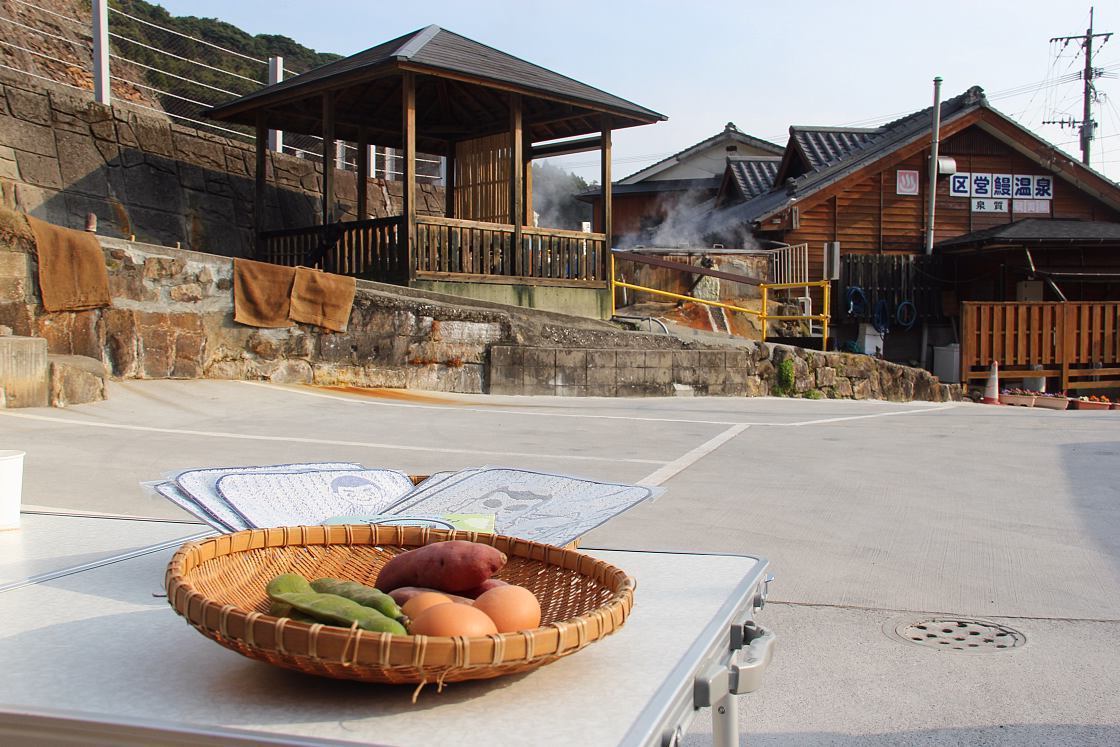
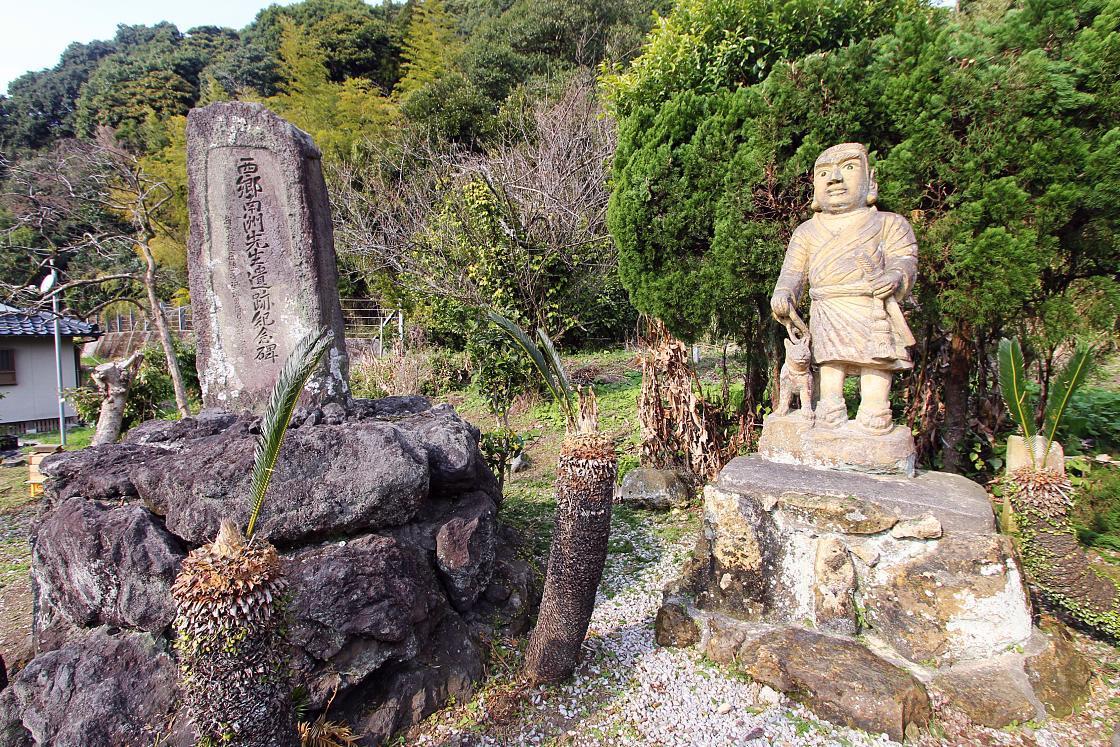
I arrived at twilight at Shusuien Ryokan, where I was to be staying the night. This is a historic traditional Japanese inn with beautiful rooms and a nice garden. Here I enjoyed great food both for dinner and breakfast, and got the chance to see some of the inn's most impressive features; its private baths. There are two styles in all; Western and Japanese, and both can be reserved for 50 minutes following payment of a fee.
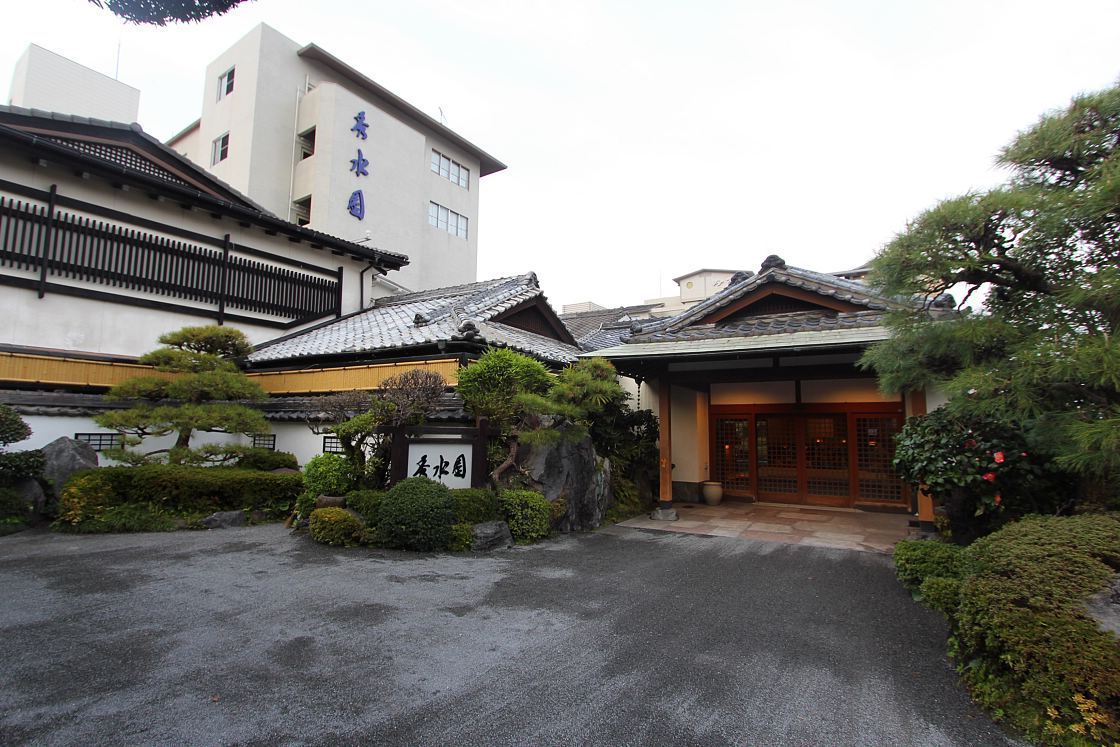
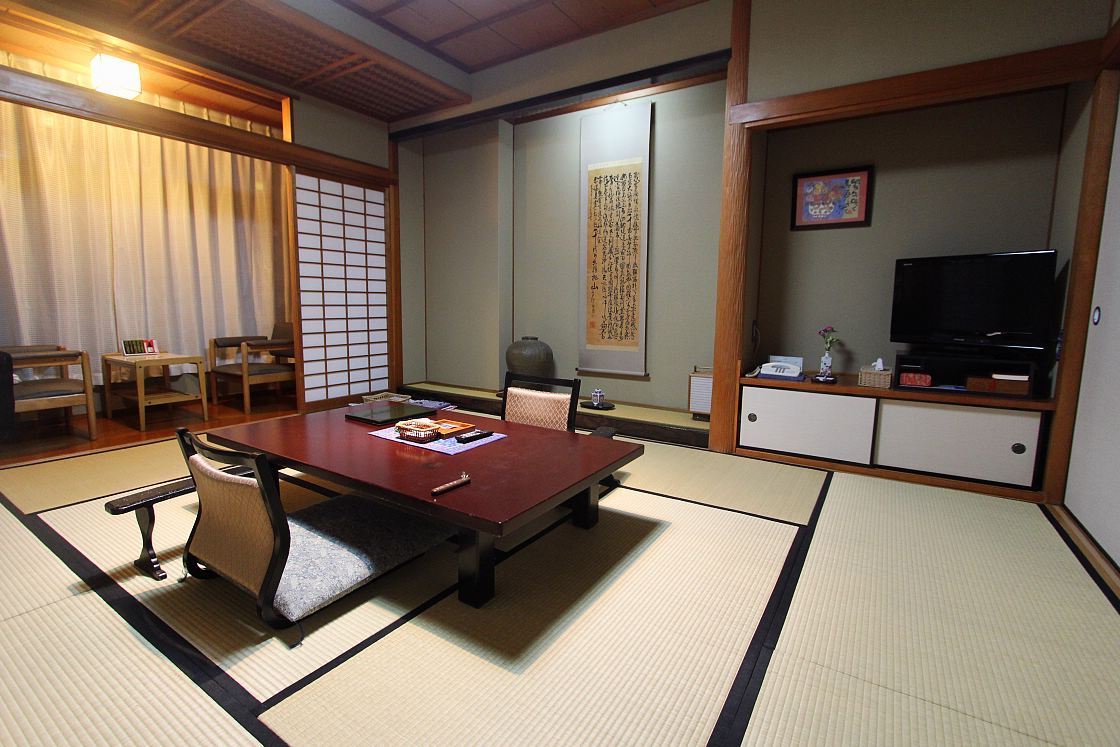
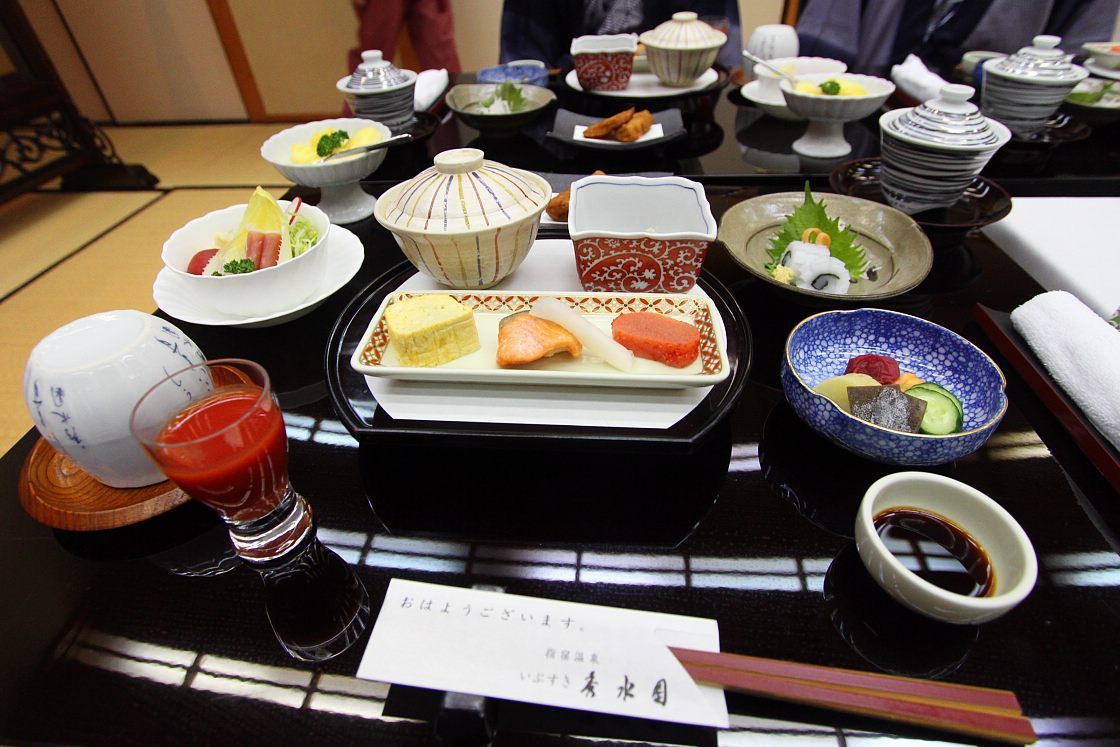
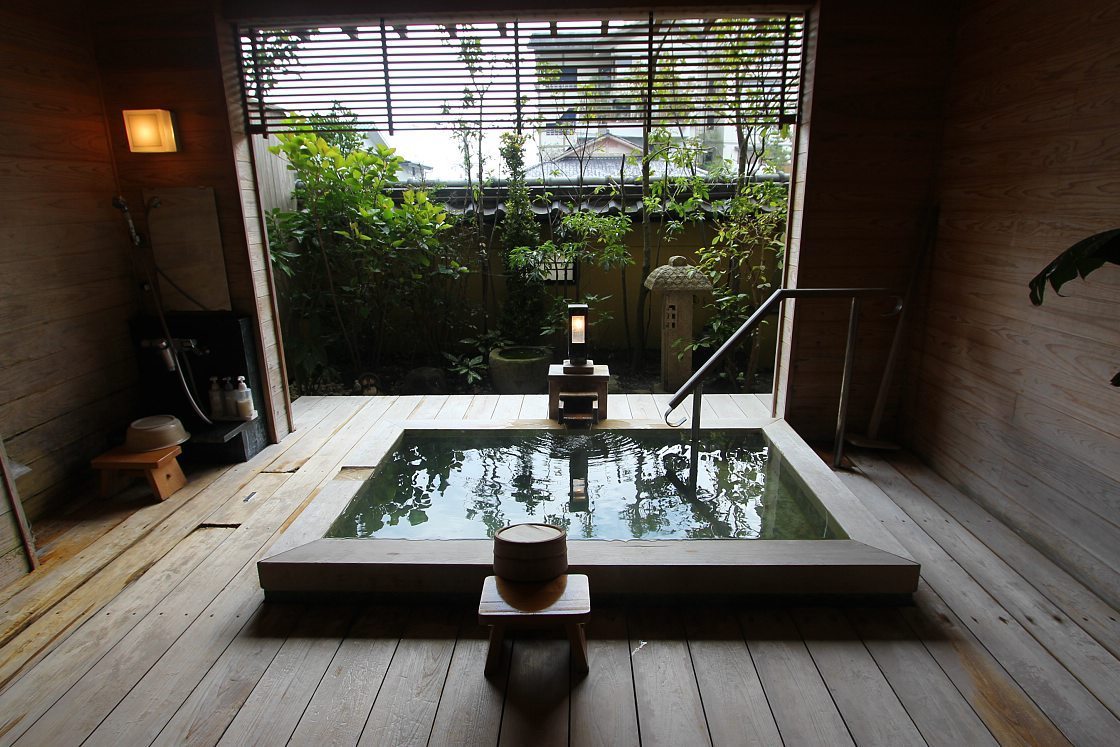
After the delicious breakfast at Shusuien I headed back to Kagoshima-Chuo Station in Kagoshima City and from here took a short taxi ride to the final stop of my tour of the area. Sengan-en is a traditional Japanese garden and stately home that was once resided in by members of the Shimadzu clan, the region's ruling family during the feudal era.
Today visitors can wander around the stunning garden and even enter the opulent house to acquire an understanding of how the Shimadzu clan lived during their time here. In addition to the garden and the house, the estate boasts a string of beautiful recent renovations with buildings that house multiple eateries and shops purveying the highly-esteemed Satsuma Glassware and Satusmayaki; exquisitely crafted pottery synonymous with the region.
I had one last meal of tonkatsu, delicious pork cutlets in bread crumbs, and then it was time to leave. My departure of Sengan-en marked the conclusion of my excursion around this breathtaking part of the country. From here it was back up to Fukuoka from where I'd depart Kyushu with a heavy heart.
